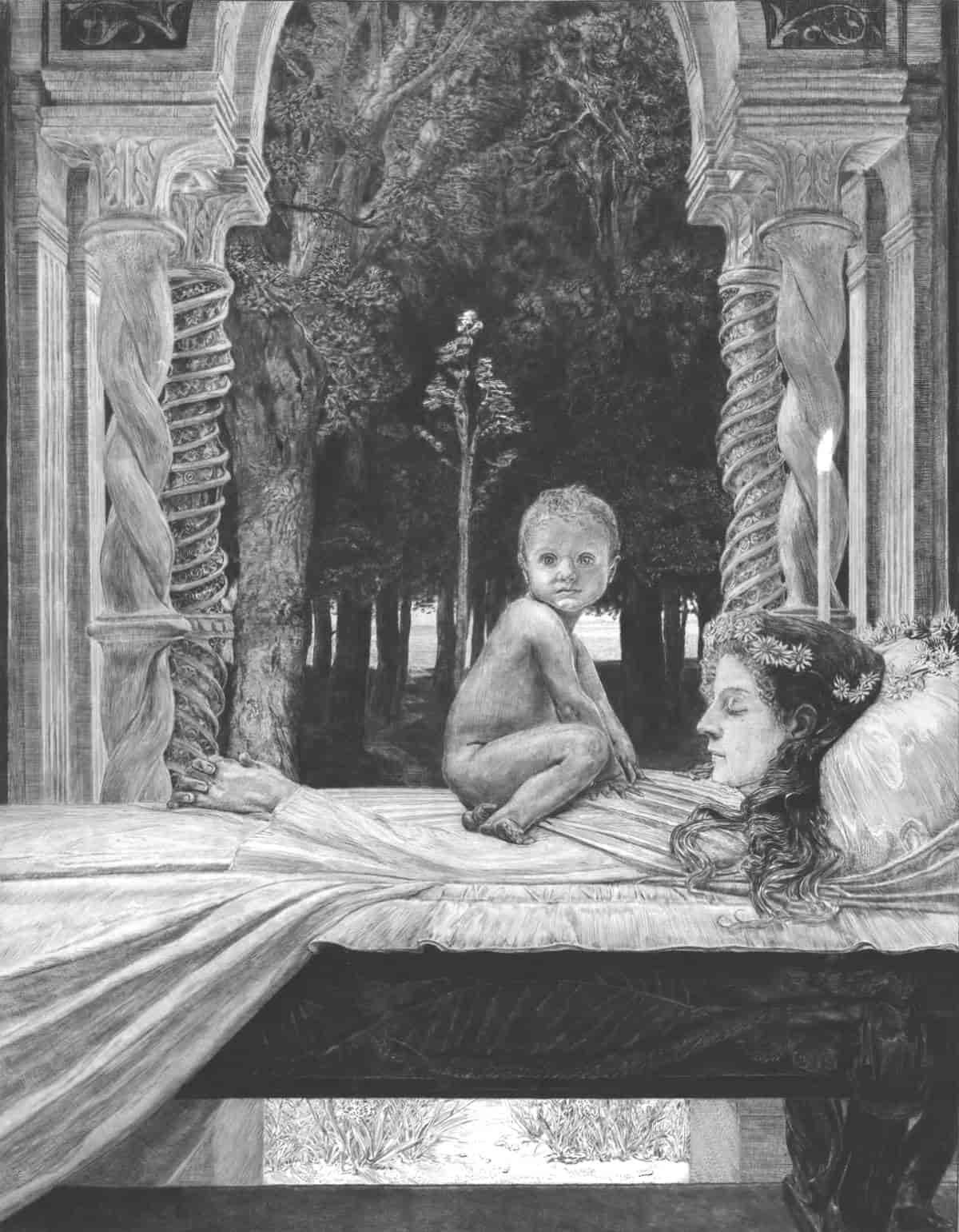In Symbolist work, the author is aiming to hit the essence or ideal of something which lies behind objective matter and the realm of chance.
WHEN DID THE SYMBOLIST MOVEMENT BEGIN?
Some say the Symbolist movement began in 1886, though it took another decade for the main Symbolist works to appear. It started in France but it became an international movement.
Australia was (surprisingly) quick to incorporate the Symbolist aesthetic (given its geographical distance?). Australia has Kenneth Slessor, Judith Wright and Patrick White as examples of Symbolist writers.
WHAT IS THE MEANING OF SYMBOL IN THE SYMBOLIST MOVEMENT?
More broadly, a symbol is a literary device used to represent a deeper, more abstract idea or concept. With Symbolist work, it’s a matter of degree: The Symbolist movement placed greater emphasis on the use of symbols to convey a sense of the spiritual and the transcendent.
Here’s another way of looking at it:
- In Symbolism, the symbol is an image which condenses the greatest number of correspondences.
- A symbol is the meeting-point of many analogies.
- Symbols are different from allegory, simile and metaphor because symbols start off as plain old images, but the work itself (the poem, short story or whatever) turns it into something else, with extra meaning.
- Works out art rise out of their symbols, building up successive correspondences.
Symbolist poets and writers weren’t interested in the literal meaning of words. They sought to convey emotional and spiritual truth. Things don’t have much value in and of themselves — they serve as signs of something else, lying beyond them.
DID THE SYMBOLISTS MAKE USE OF A DIFFERENT SET OF SYMBOLS?
There’s no specifically Symbolist symbol set. That said, the Symbolist poets frequently used symbols to represent the connection between the physical and the spiritual world, as well as to convey a sense of the unity of all things.
Symbolist poetry is especially interested in the connection between the inner and the outer world.
- In Charles Baudelaire’s poem “The Swan”, the swan is a symbol of life’s beauty and grace, but is also a symbol of the fleeting nature of life.
- In Paul Verlaine’s poem “Green”, the colour green is a symbol of hope and renewal.
HOW IS SYMBOLIST POETRY DIFFERENT FROM EARLIER POETRY?
SYMBOLIST POETRY IS TRANSCENDENT
Well, there’s a transcendent, mystical quality to Symbolist poetry. Whereas all poetry deals in imagery to some extent, readers of Symbolist poems access this transcendent plane via imagery.
It’s all about degree. Symbolist poetry is less literal, more transcendent. This makes Symbolist poetry more open to individual interpretation. Readers brings a lot of themselves to the experience.
FREE VERSE
Then there’s the form. Prior to the Symbolist movement, traditional forms and conventions such as sonnets were normative. Symbolist poets preferred free verse. They found free verse allowed them more freedom.
MORE PERSONAL and introspective
Sometimes confessional, Symbolist poetry tends to be more personal whereas earlier poetry might describe a beautiful landscape or something external to the self.
DARKER THEMES
Once you go into yourself, things can get pretty dark. And so it is with Symbolist poems. Themes tend to be darker. Why am I here? What’s my purpose? How do I cope with the passing of time leading irrevocably towards death?
WHO ARE THE FAMOUS SYMBOLIST WRITERS?
- Charles Baudelaire (1821-1867) was a French poet, art critic, and translator. He is best known for his collection of poems “Les Fleurs du mal” (The Flowers of Evil), published in 1857. The collection was considered controversial at the time due to its explicit themes. Several poems were banned by the French government. Favourite themes: the beauty and ugliness of modern life, the nature of art, the human condition (especially the darker aspects such as lust, death, and decay). Baudelaire also wrote extensively on art and the role of the artist in society, and is considered one of the most important 19th century art critics.
- Paul Verlaine (1844-1896) was an eccentric, bohemian French poet known for his confessional and emotional work. Favourite themes: love, beauty, and the passage of time. Verlaine’s most famous collection of poems, “Romances sans paroles” (Songs Without Words), was published in 1874. He was a master of musical verse. His poetry often focused on the beauty of small, everyday things. Verlaine’s life was tumultuous, marked by alcoholism, poverty, and a stormy relationship with fellow poet Arthur Rimbaud.
- Arthur Rimbaud (1854–1891) was a French poet and also Verlaine’s lover. Unfortunately he died when he was only 37. By this point he’d given up the literary life by this point and was living as a merchant and traveller in North Africa (Ethiopia). Rimbaud remains an influence today on rock music, counter-cultural movements etc. The Beatniks and Surrealists loved him. He believed poets had to become visionary mediums via a ‘deregulation of all the senses’ and had no respect for convention. His most famous work is a collection of poems called “Une Saison en Enfer” (A Season in Hell), published 1873. Favourite themes: love, desire, and the nature of the self.
- Stéphane Mallarmé (1842-1898) was a teacher, poet, critic, and translator. Mallarmé’s most famous poem, “Un Coup de dés jamais n’abolira le hasard” (A Throw of the Dice Will Never Abolish Chance), was published in 1897. He held weekly salons at his house in Paris, attended by many prominent writers and artists of the day.
BAUDELAIRE’S FOREST OF SYMBOLS
Baudelaire’s “The Forest of Symbols” refers to the idea that the world is filled with symbols. These symbols can be used to understand and interpret the world around us.
In his poem “Correspondences,” Baudelaire writes about the interconnectedness of all things and how each object, sensation, and emotion corresponds to others in the natural world. He uses the metaphor of a forest. Just as a forest is made up of many different trees and plants, each with their own unique characteristics and meanings, so too is the world made up of many different symbols, each with their own unique significance.
Baudelaire believed that by understanding these symbols, we can gain a deeper understanding of ourselves and the world around us.
THE SILENCE BEHIND SYMBOLIST POETRY
There’s a silent quality to Symbolist poetry because the poetry of allusion evokes the absence of an object, and absent things are silent. Symbolism takes us beyond the phenomenal presentation of an object. This is where the sense of mysticism comes from.
IS THE SYMBOLIST MOVEMENT…. A RELIGION?
Romantics were always hankering after the Edenic Ideal and Symbolism was a way into that particular mystery. In the Romantic period, the Edenic Ideal was a threefold paradise:
- An abundant, peaceful garden
- Incorrupt, temperate physiologies
- A series of internal perfections made manifest in the encyclopaedic wisdom, denotative language, innocent souls and harmonious sociality of the couple.
Colonists/colonisers have been trying to recreate this Edenic Ideal ever since. You could call the Symbolist movement a religion. Depending on who reads Symbolist work, the movement has its own spiritual plane and its own salvation.
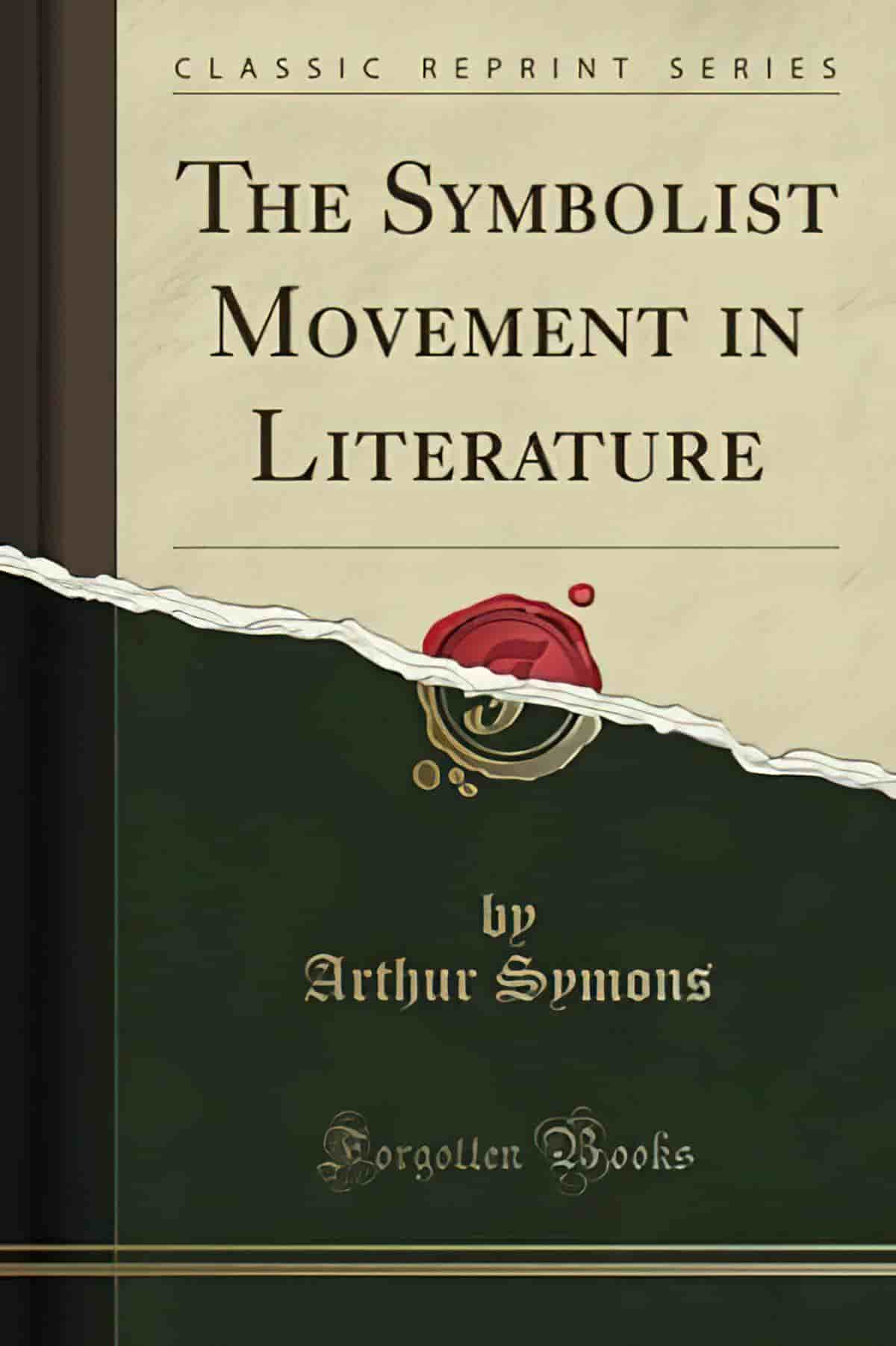
THE SYMBOLIST MOVEMENT IN LITERATURE BY ARTHUR SYMONS (1903)
This book is a collection of articles about French literature written in the 1890s. It was first published in a single volume in 1899, then revised and enlarge in 1908. It now includes essays about writers outside the Symbolist canon to emphasise what Symbolist literature is and is not.
According to Symons, Symbolism is not Realism. Symbolism is NOT:
- Balzac
- Flaubert
- Zola
Symbolism IS:
- Villiers de L’Isle-Adam
- Mallarme
- Huysmans (a spiritualist naturalist)
Symbolism is non-naturalistic.
What is symbolism, if not an establishing of the links which hold the world together, the affirmation of an eternal, minute, intricate, almost invisible life, which runs through the entire universe…truth can be reached and revealed only by symbol.
Arthur Symons
Note: We’re not talking about paranoid hallucinations and drug trips here. The Symbolist movement comes from Romantic philosophy of the imagination. Only imagination comes close to reaching ‘the sense of life, of the organic living interrelation of all things’.
Arthur Symons had his own personal favourite authors and this comes through in his work, but The Symbolist Movement in Literature continues to be influential in what is considered Symbolism or not. In its main points, Symons is describing Modernism. He also makes no distinction between poetic symbols and religious symbolism.
HOW IS THE SYMBOLIST MOVEMENT CONNECTED TO MODERNISM?
The Symbolist movement in literature laid the foundation for many of the ideas and techniques later developed by Modernists.
Both Modernism and Symbolism pushed the boundaries of traditional forms and conventions in literature. Both explored new and experimental ways of expressing themselves.
REJECTION OF LITERAL LANGUAGE
Symbolists, for example, sought to convey emotions and ideas through symbols and imagery, rather than through straightforward, literal language. This focus on symbolism and metaphor would also become a key characteristic of Modernist literature.
REJECTION OF TRADITIONAL FORM
Additionally, Symbolists rejected traditional forms such as the sonnet and emphasized free verse, which would become an important aspect of modernism as well.
Symbolists and Modernists placed a strong focus on:
- subjectivity
- individualism
- self-expression
In short, the Symbolist movement was a precursor to Modernism. Symbolist ideas and techniques heavily influenced the development of Modernist literature.
TREATMENT OF TIME
Both movements were interested in the dual concept of time a la Bergson. For more on that see Bergson in my post on Modernism.
THE ETERNAL RETURN
See also Nietzsche’s idea of the “Eternal Return”, a central theme of his philosophy: Everything that has happened will happen again, and again, and again, ad infinitum. Nietzsche (1844-1900) believed that the idea of eternal recurrence forces individuals to confront the reality and consequences of their actions. Live in the present because the present is all that exists. Additionally, this idea highlights the importance of personal responsibility and the need to live a life of integrity and authenticity.
Time is a moving image of eternity.
Plato’s Timaeus (time flows whereas Eternity is at rest)
This builds on Plato’s conception of time: circulations in a circular nature. The intellectual form is recaptured from the generational cycle. See Yeats and his symbol of the gyre (spiral or vortex).
POET AS VOYANT
It’s been said that the Symbolist poet must be a voyant.
Voyant: a person sensitive to things beyond the natural range of perception. (The feminine form has an ‘e’ on the end of it.)
In case you’re wondering, yes, voyant and voyeur are related words. Both come from the French word voir, to see. In English, ‘voyeur’ was seldom used until about 1950. ‘Voyant’ hasn’t properly taken off outside academia (and also ship and vehicle enthusiasts, in which voyant means a light on a dashboard). You will, however, recognise it in the word ‘clairvoyant’. (Clair means clear, hence ‘clear sighted, beyond the natural range of perception’.)
As an adjective, voyant means showy or gaudy.
OTHER IMPORTANT PEOPLE IN THE SYMBOLIST MOVEMENT
- The metaphysical poets — a group of poets from the late 16th and early 17th centuries, including John Donne, George Herbert, Andrew Marvell, and others, who wrote poetry that is characterized by its use of complex intellectual ideas, elaborate metaphors, and a focus on themes of love, religion, and the nature of the universe. These poets were known for their use of wit, paradox, and intellectual argumentation in their poetry.
- The English Romantics and their pantheism e.g. Samuel Taylor Coleridge, considered one of the major figures of the English Romantic movement; known for his poetry, criticism, and philosophy
- John Keats (1795 – 1821) is another English Romantic poet. Look for Symbolism in “Endymion” and “Hyperion”. Keats died of tuberculosis at a young age but left a resonant body of work.
- Ralph Waldo Emerson (1803 – 1882) was American and wrote poetry as well as working as a lecturer and philosopher. His best-known essays are about individualism, freedom and the power of the human spirit. (As you may have deduced, his ideas remain influential in the USA today.) As a poet he wasn’t so well known. Where it overlaps with Symbolism: Its focus on the individual and the inner experience. He made must use of nature imagery.
- William Blake (1757 – 1827) pretty much started the Romantic movement. Blake is very well-known for his symbolic imagery exploring the human condition. He was also known for his belief in the imagination as a gateway to transcendent experience and for his critique of the Industrial Revolution. Surprising to us, now, he wasn’t well-known during his lifetime.
- Novalis (1772 – 1801) was the pseudonym of poet, author and philosopher, a leading figure of the German Romantic movement. He is one of the more mystical Symbolists. Many of his works contain references to alchemy and other forms of esoteric knowledge. Like John Keats, Novalis also died young of tuberculosis (at the age of 29).
FEATURES OF SYMBOLIST FINE ART
Alongside Symbolist writers and poets, fine artists were creating Symbolist works of art. What did that look like?
- As you may have already guessed, Symbolist artists expressed themselves using symbols and allegory rather than realistic representation of things you see in the world.
- Like Symbolist poets, the Symbolist artists believed that art should be a medium for the expression of the artist’s innermost feelings and ideas, rather than simply a representation of the visible world.
- Favourite themes: love, death, and the supernatural.
- They often used dreamlike, atmospheric, and highly stylized imagery to express these themes.
- The movement influenced many other art movements e.g. Art Nouveau, Surrealism and Abstract art.
Gustave Moreau
Gustave Moreau (1826 – 1898) was a teacher as well as an artist. His students included Henri Matisse and George Rouault. He started out painting highly detailed and realistic works of art but moved towards Symbolism as he got older. He liked to paint figures from Greek and Roman mythology and from the Bible. He became more famous after he died. His influence is now well understood.
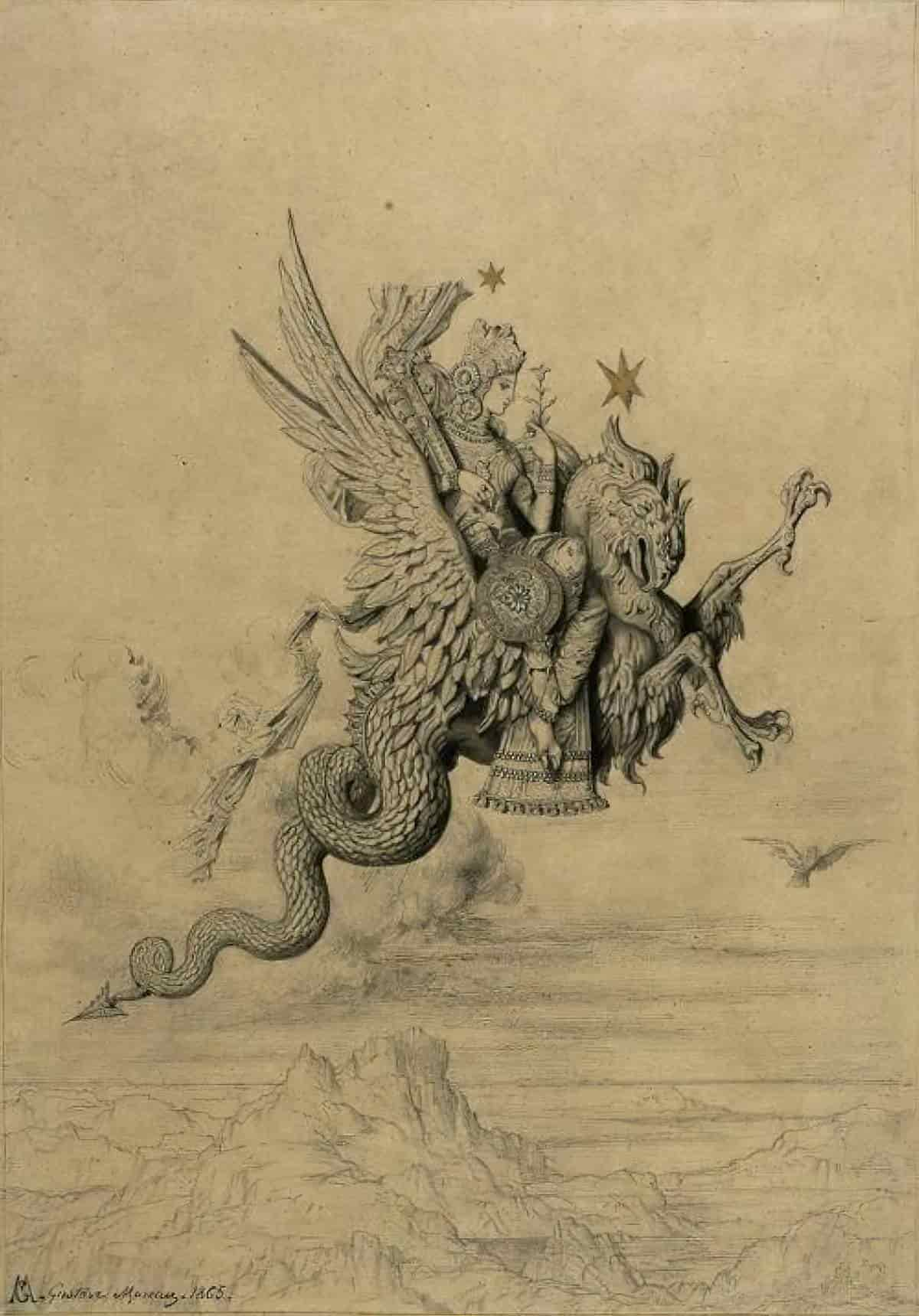
Odilon Redon
Odilon Redon (1840 – 1916) was a French symbolist painter, printmaker, draughtsman and pastellist. As an illustrator, he translated the atmosphere of the principal authors of his century: Baudelaire, Poe, Mallarmé and Flaubert. Described as a “literary painter”, he preferred the term “interpreter” and did not like to be called an “illustrator”.
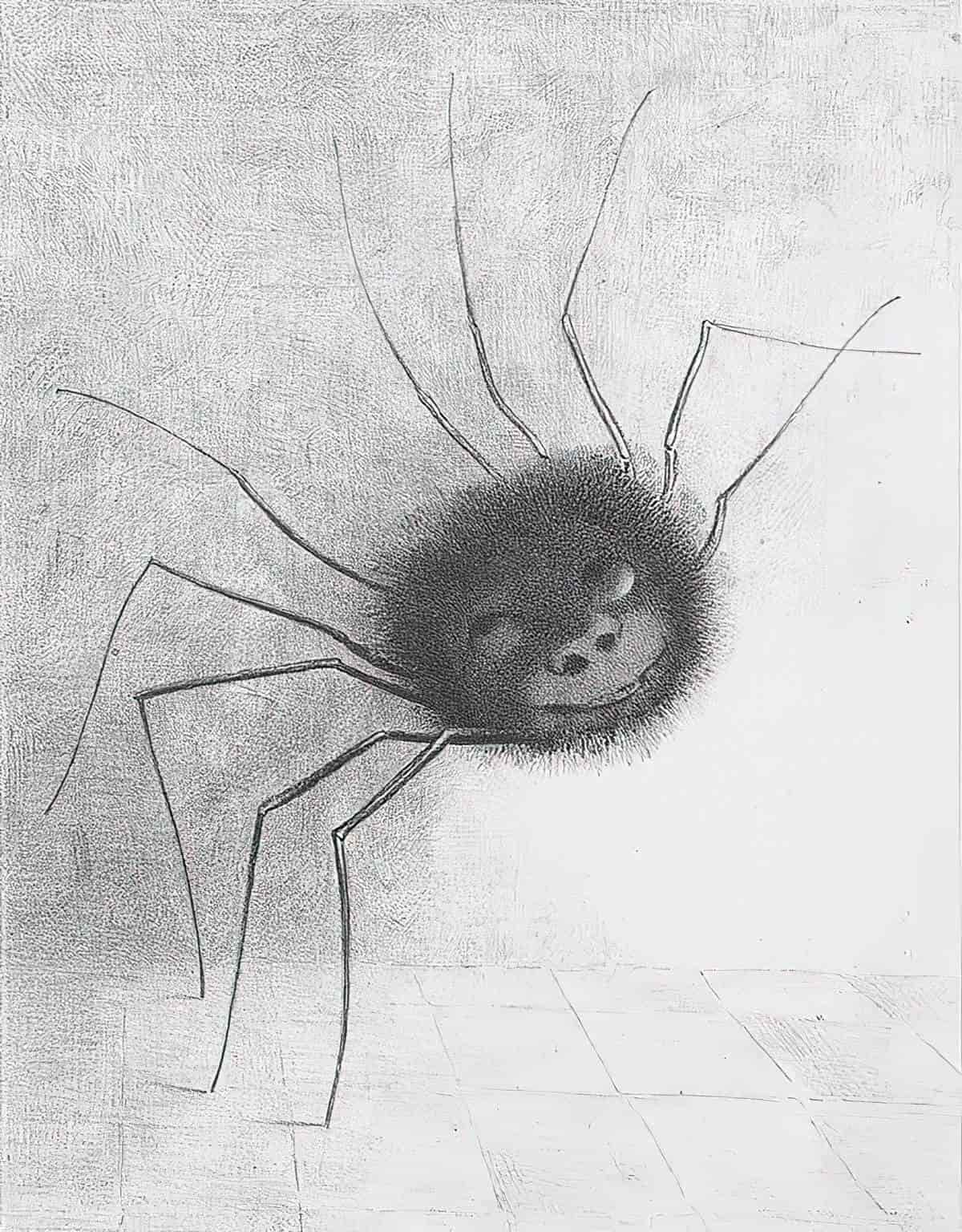
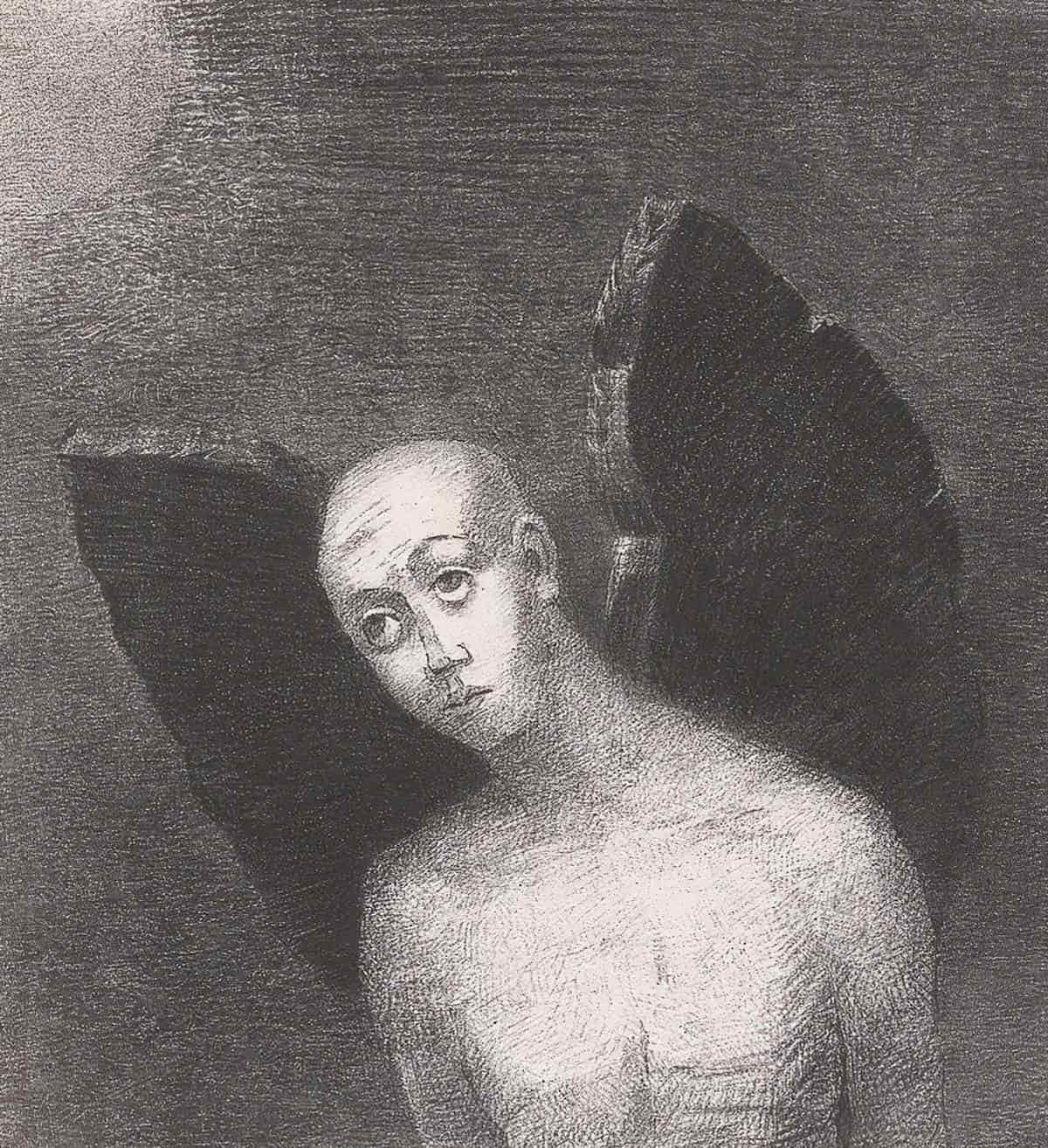
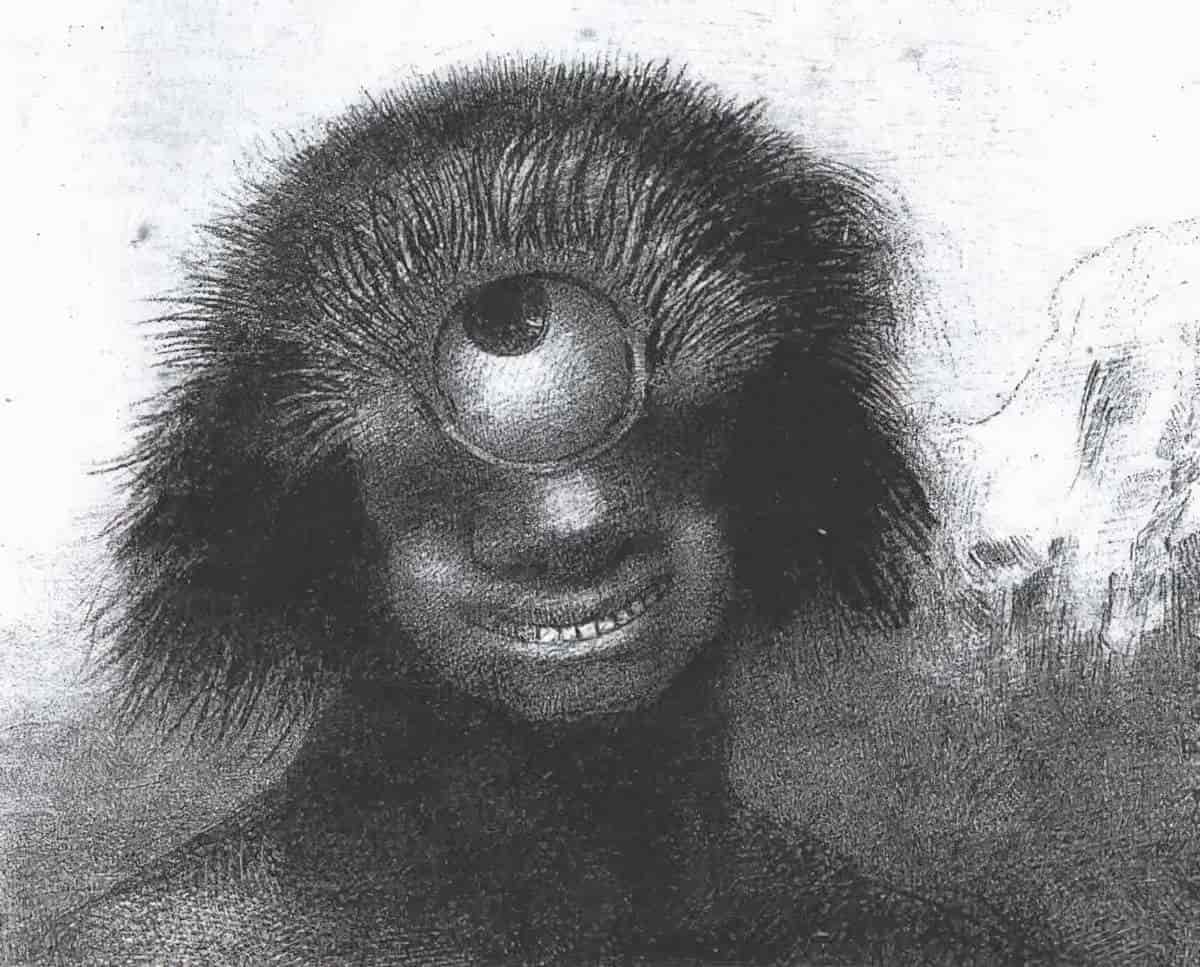
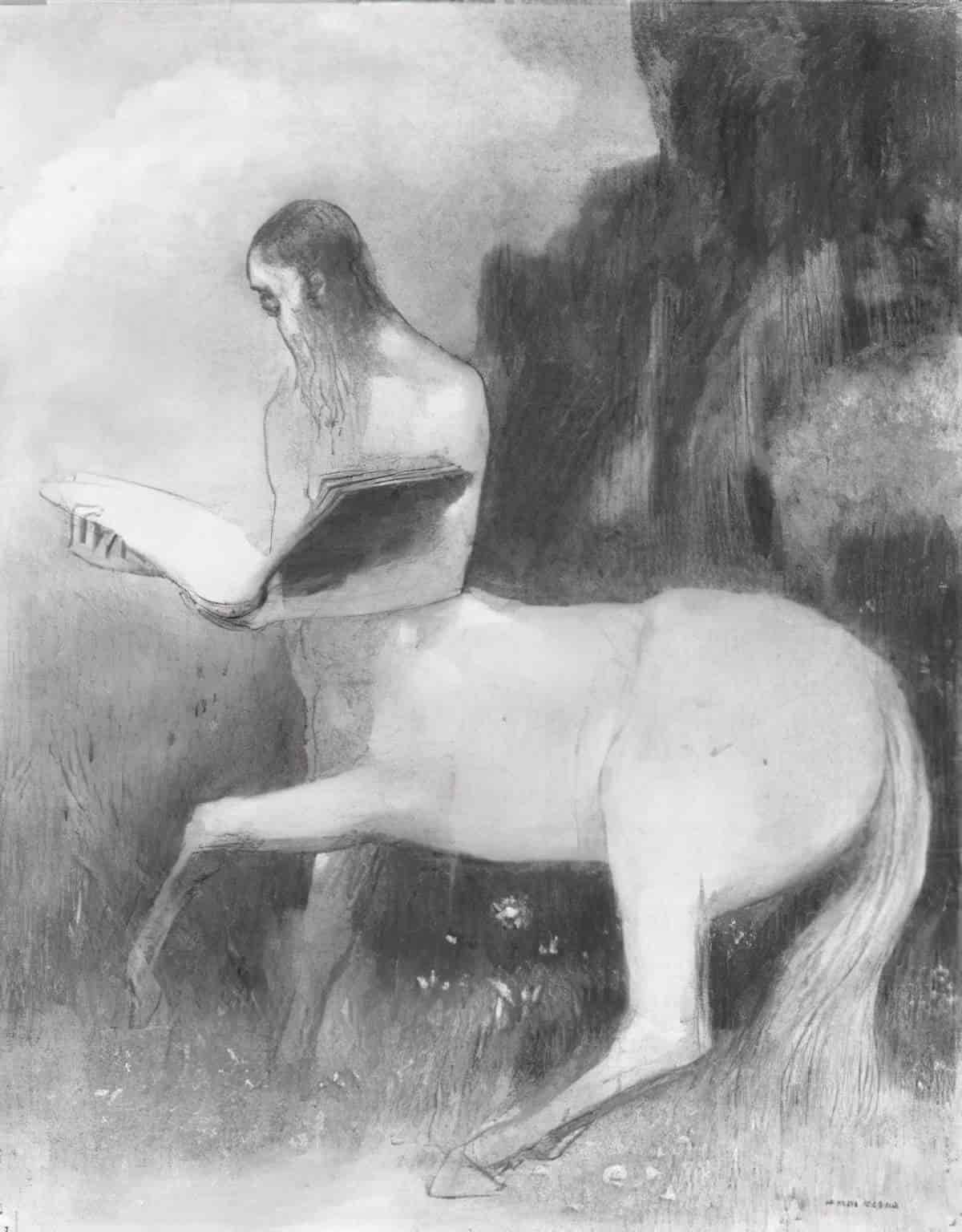
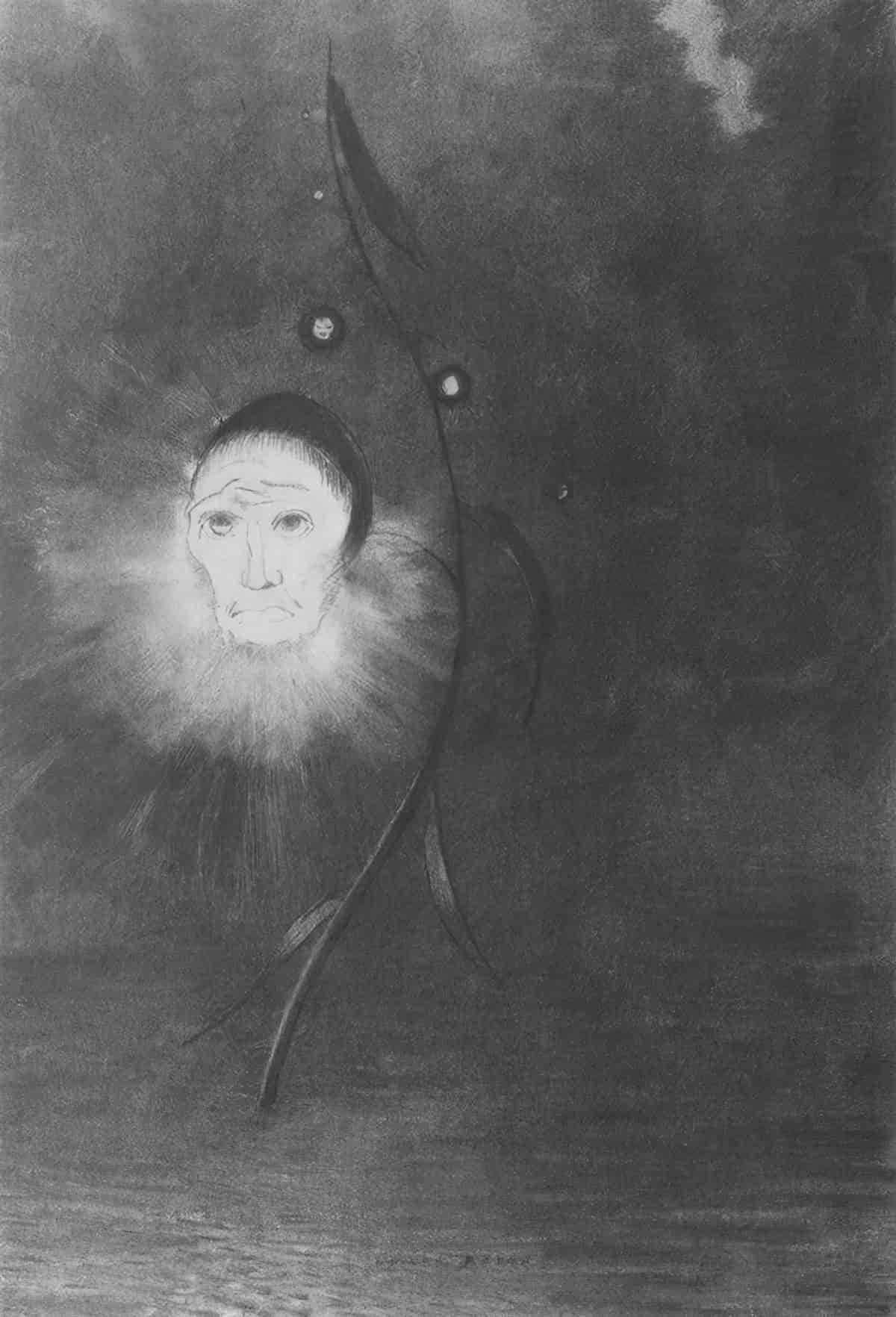
Fernand Khnopff
Fernand Khnopff (1858 – 1921) was born in Belgium, Brussels and also trained as an artist there. Like other Symbolist artists, he started off painting in a realistic style and became more Symbolist as his career progressed. He was also a photographer back in the day when hardly anyone had access to a camera. This guy didn’t have to die before being recognised. He was famous in his lifetime.

SIDNEY SIME
Sidney Sime was a British artist and illustrator, known for his fantasy and grotesque illustrations. He was active in the late 19th and early 20th century and is best remembered for his illustrations for the works of Lord Dunsany, a British fantasy writer. Sime’s illustrations were known for their detailed and often grotesque imagery, and his style was heavily influenced by the Symbolist and Art Nouveau movements. His work appeared in magazines, books, and newspapers, and it was admired for its originality, wit and technical skill. He was considered an important figure in the development of British fantasy illustration.
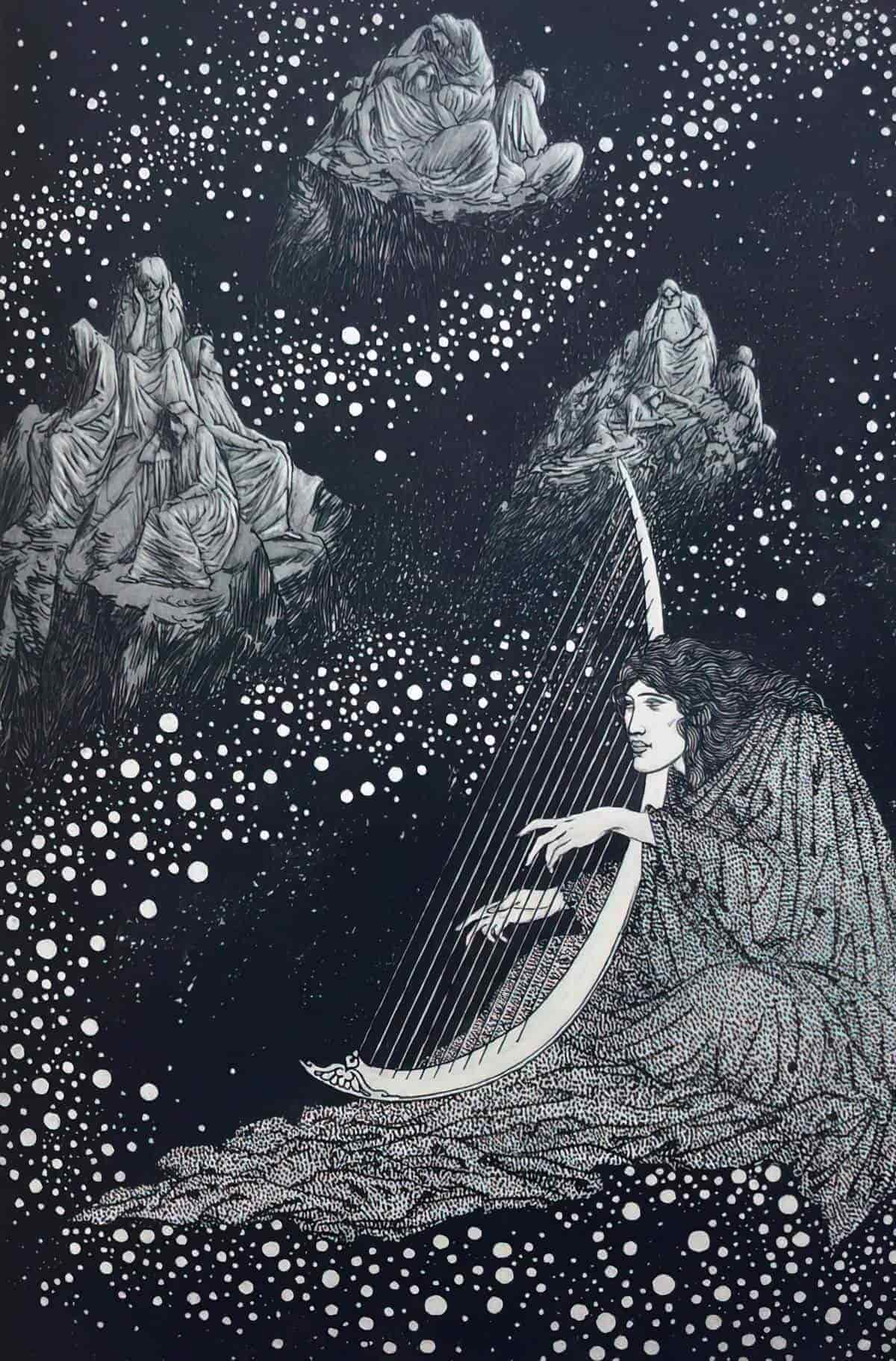
VARIOUS OTHER SYMBOLIST ARTISTS
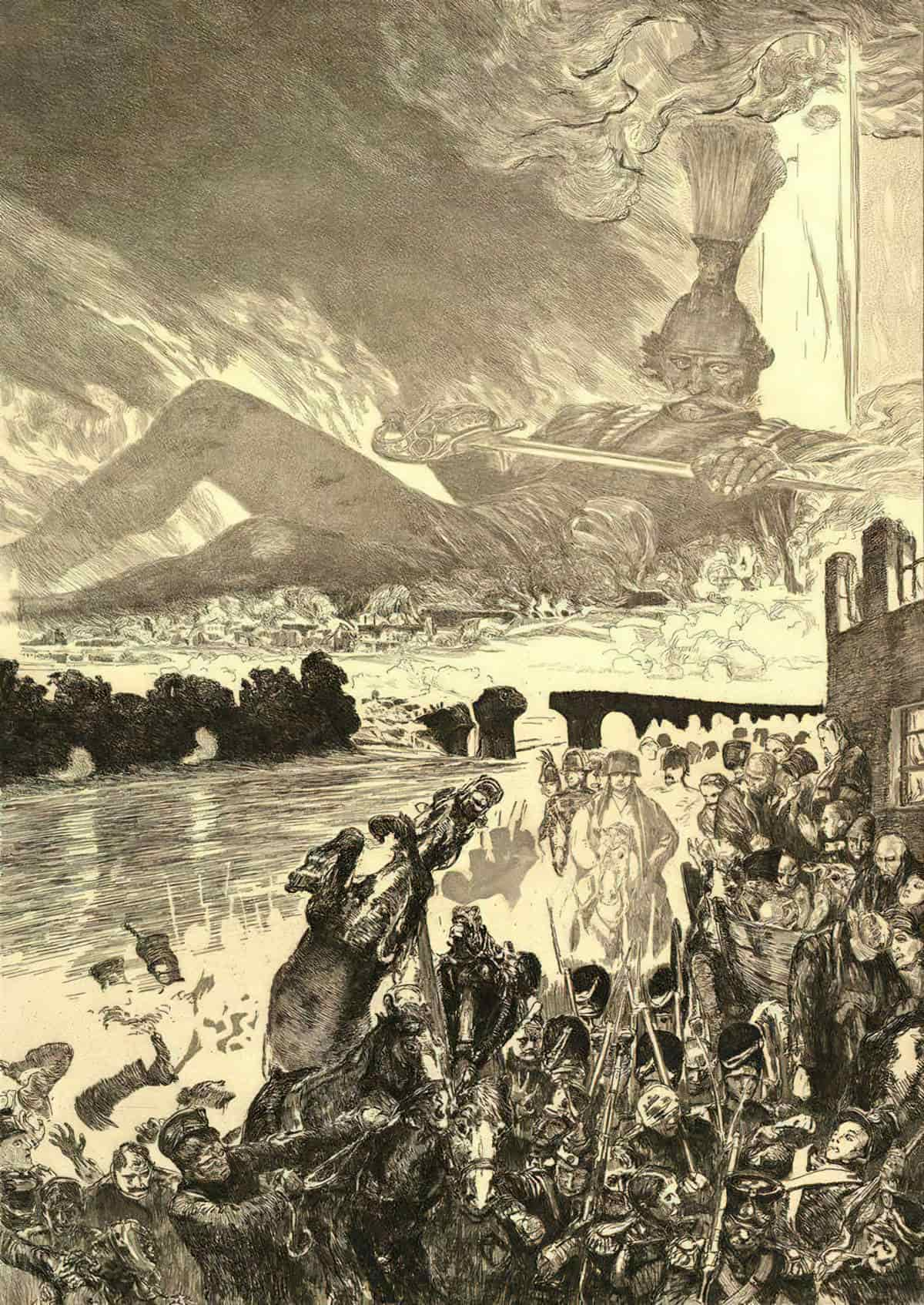
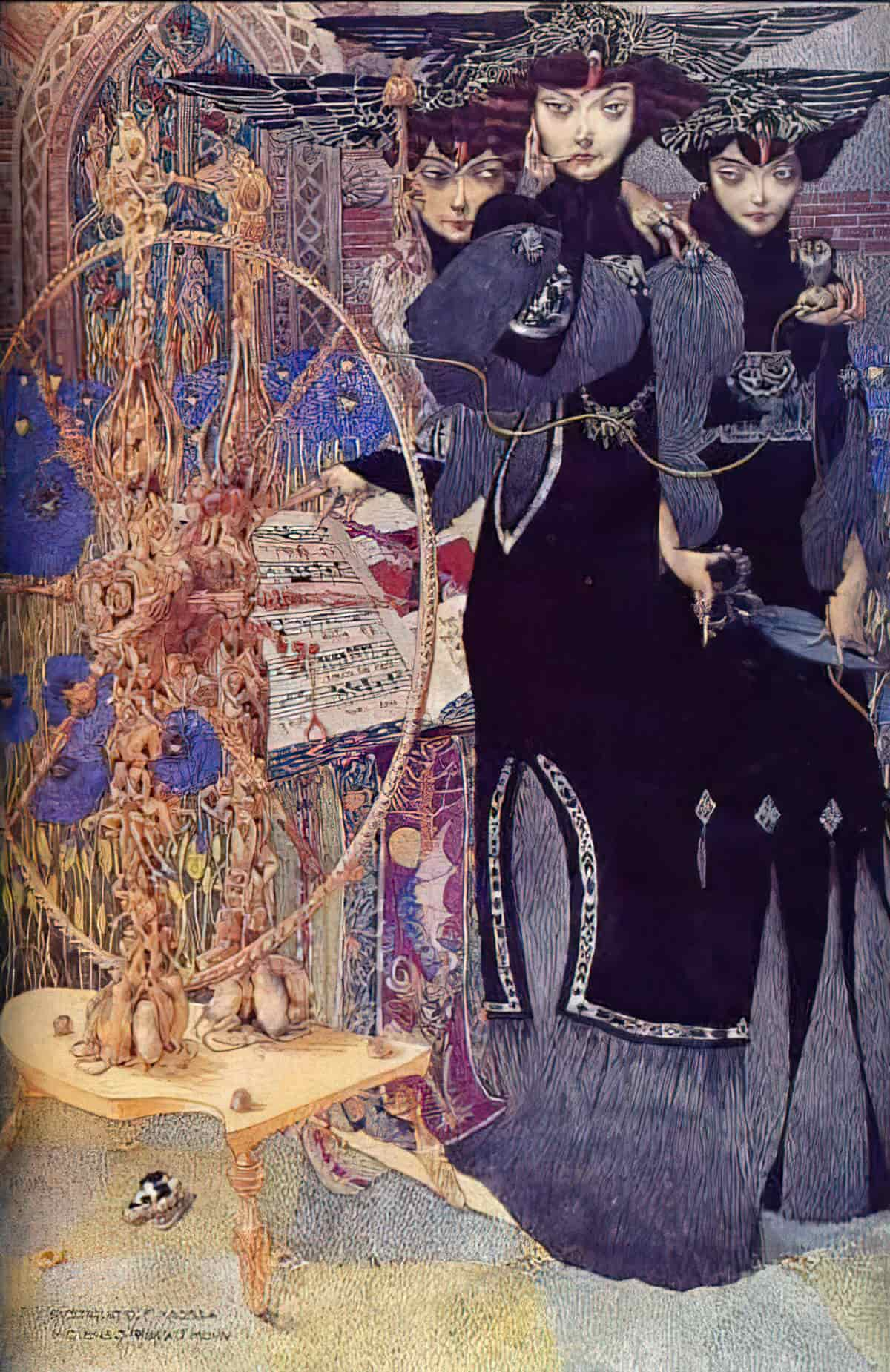
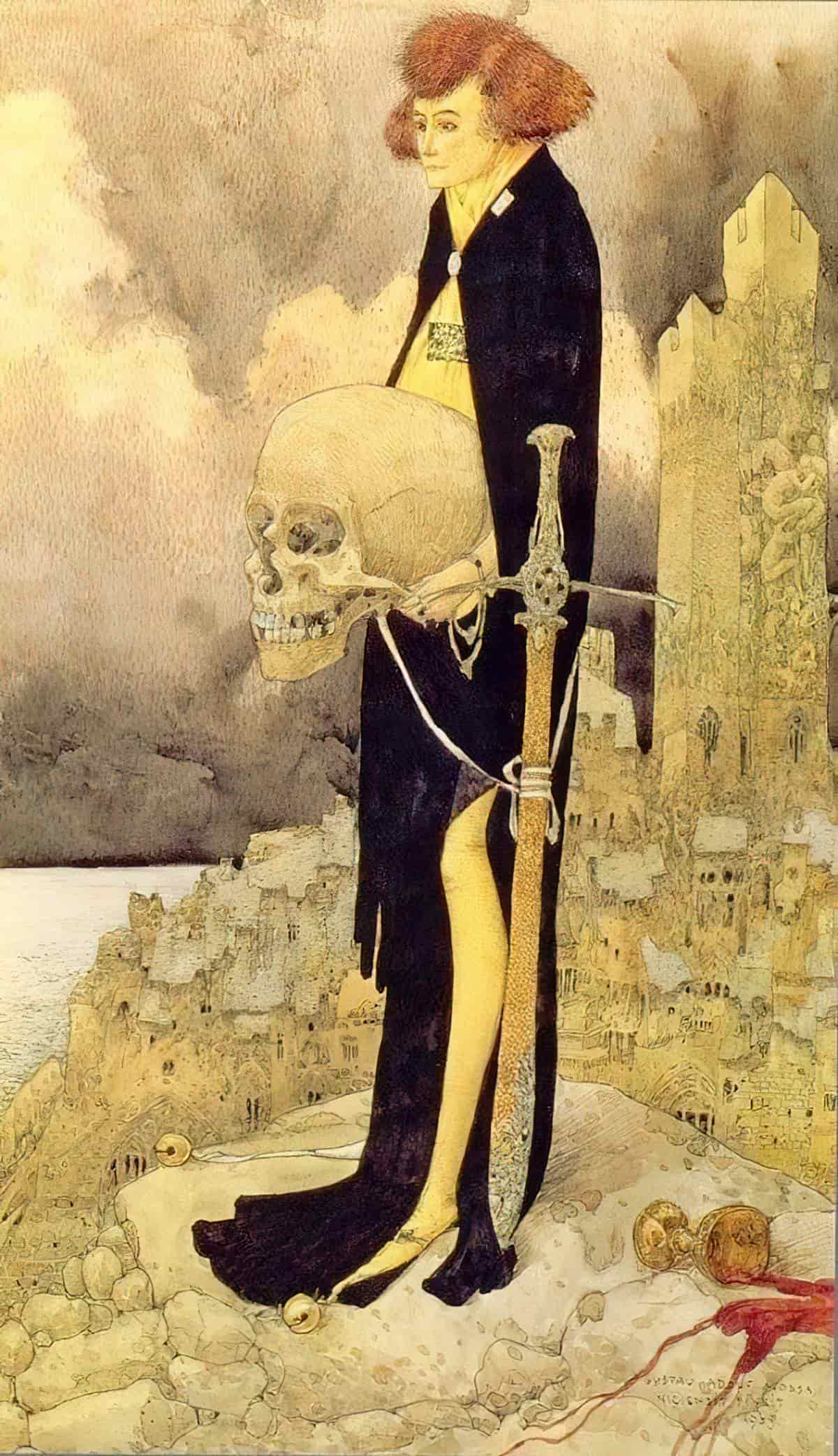
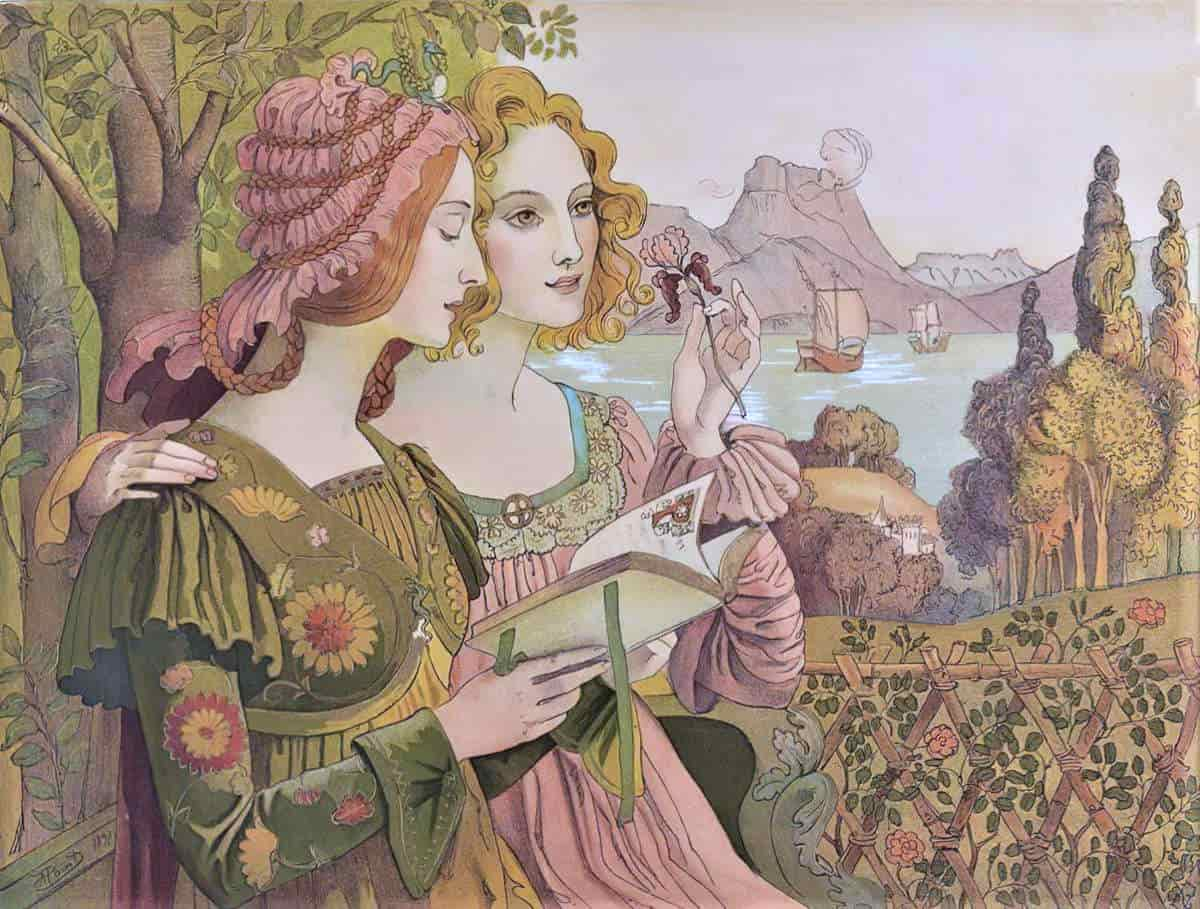
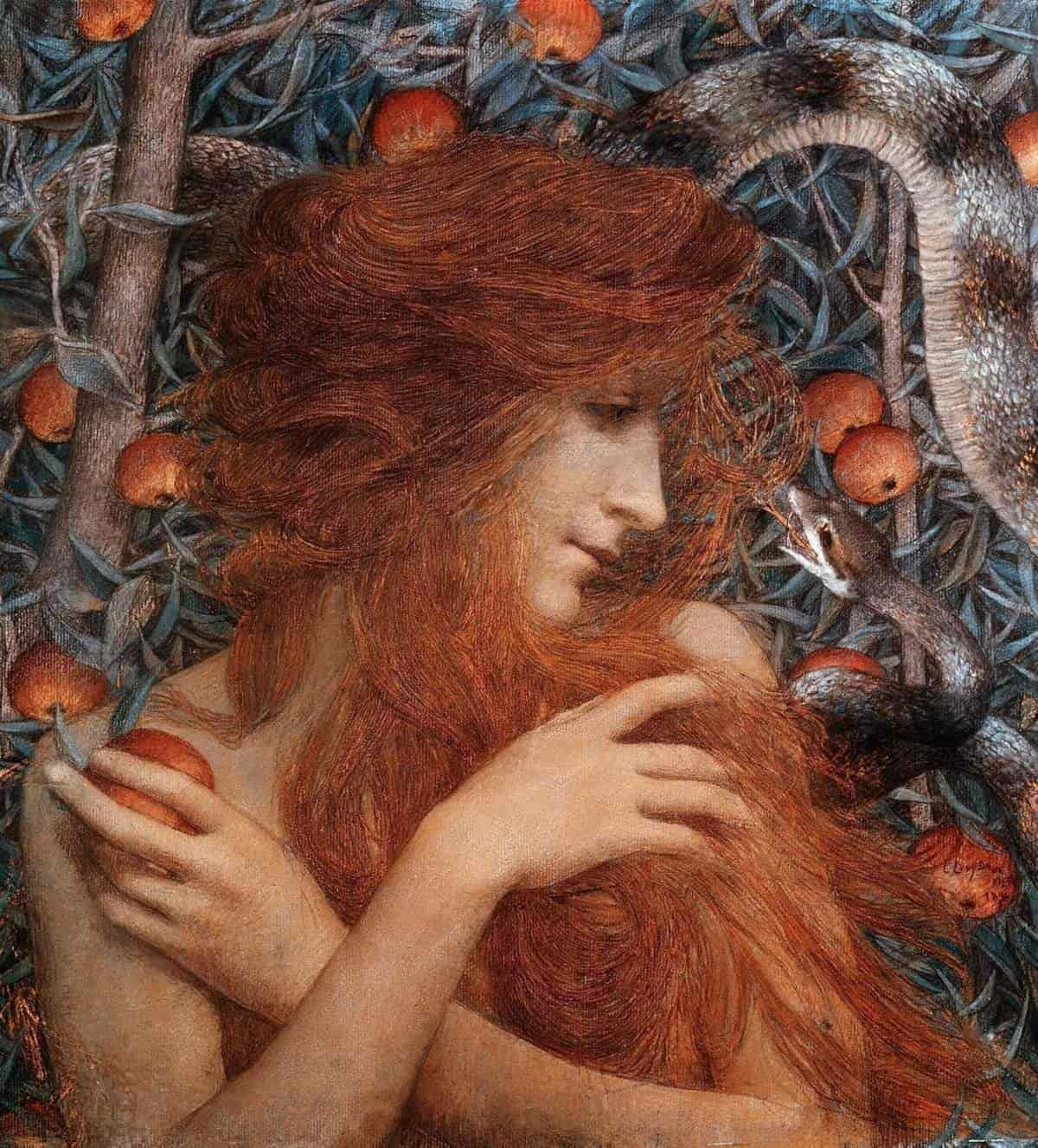
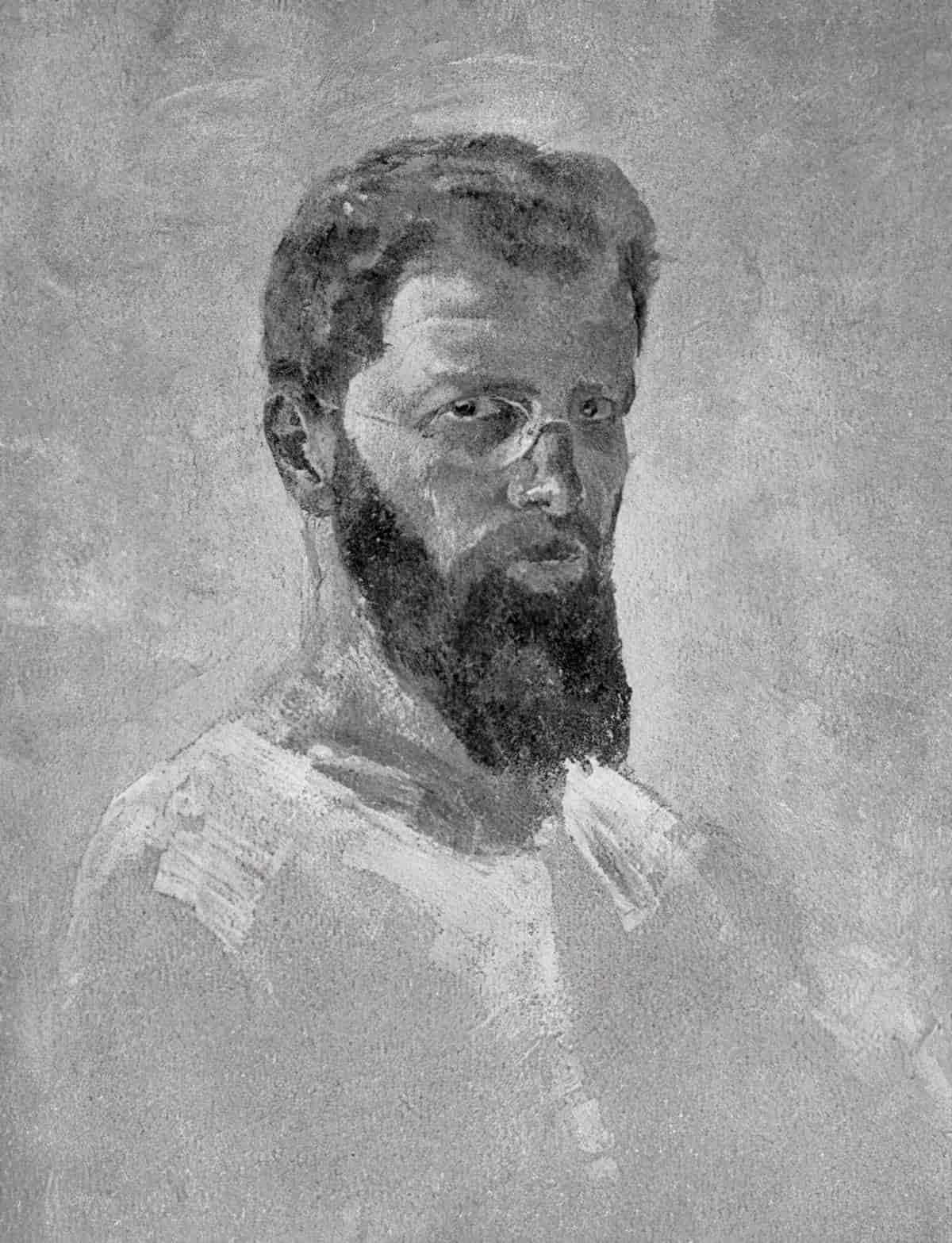
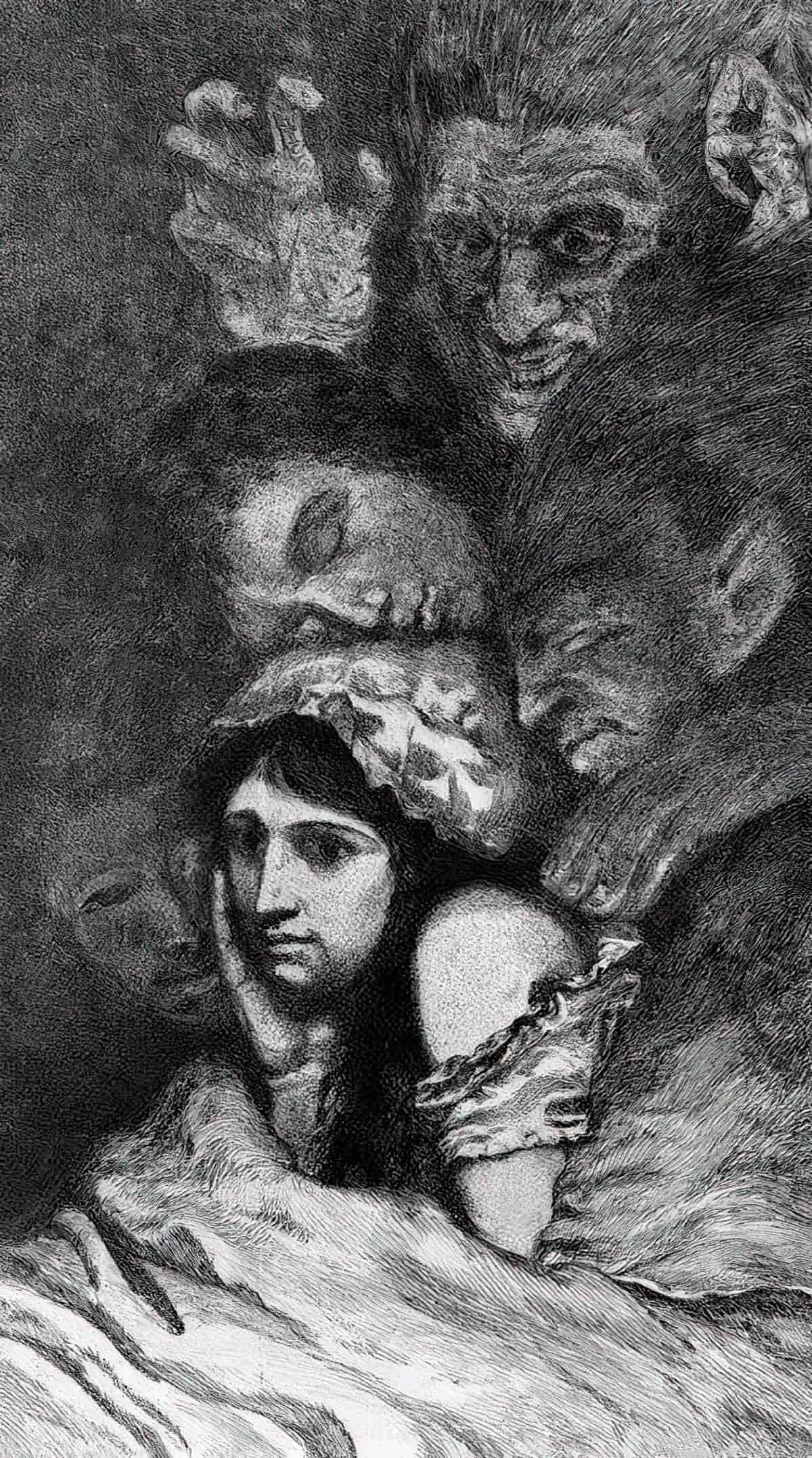
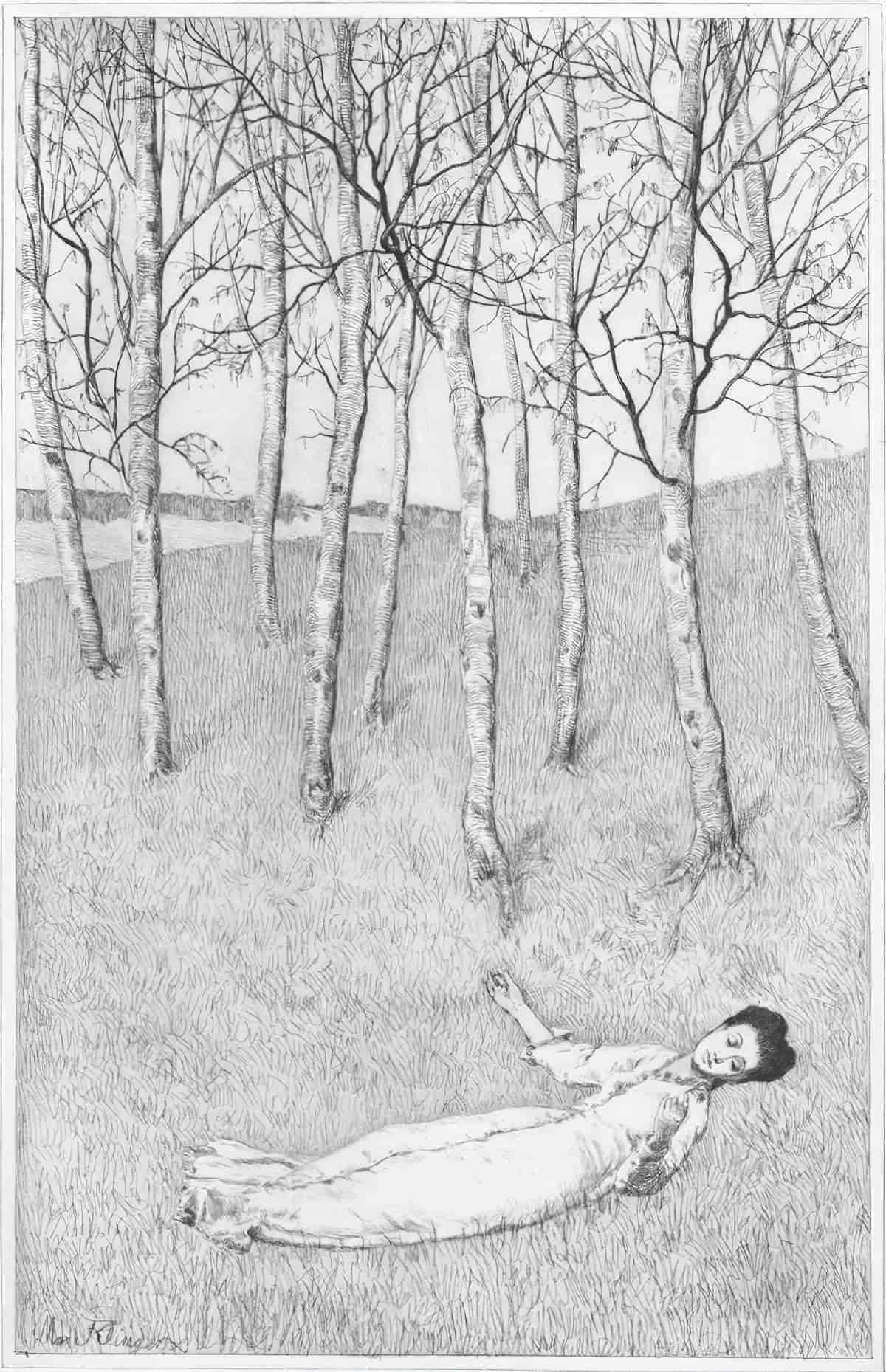
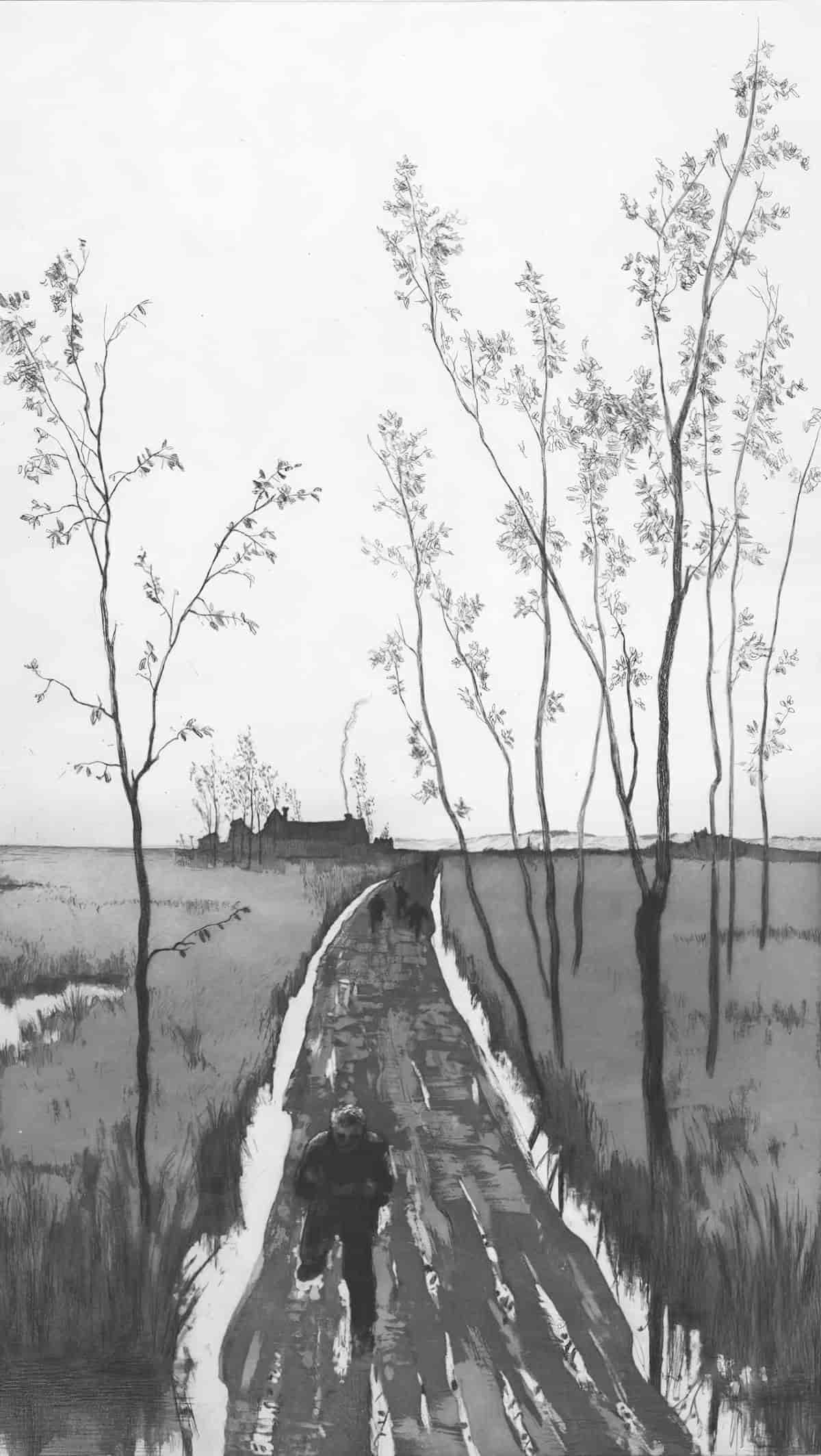
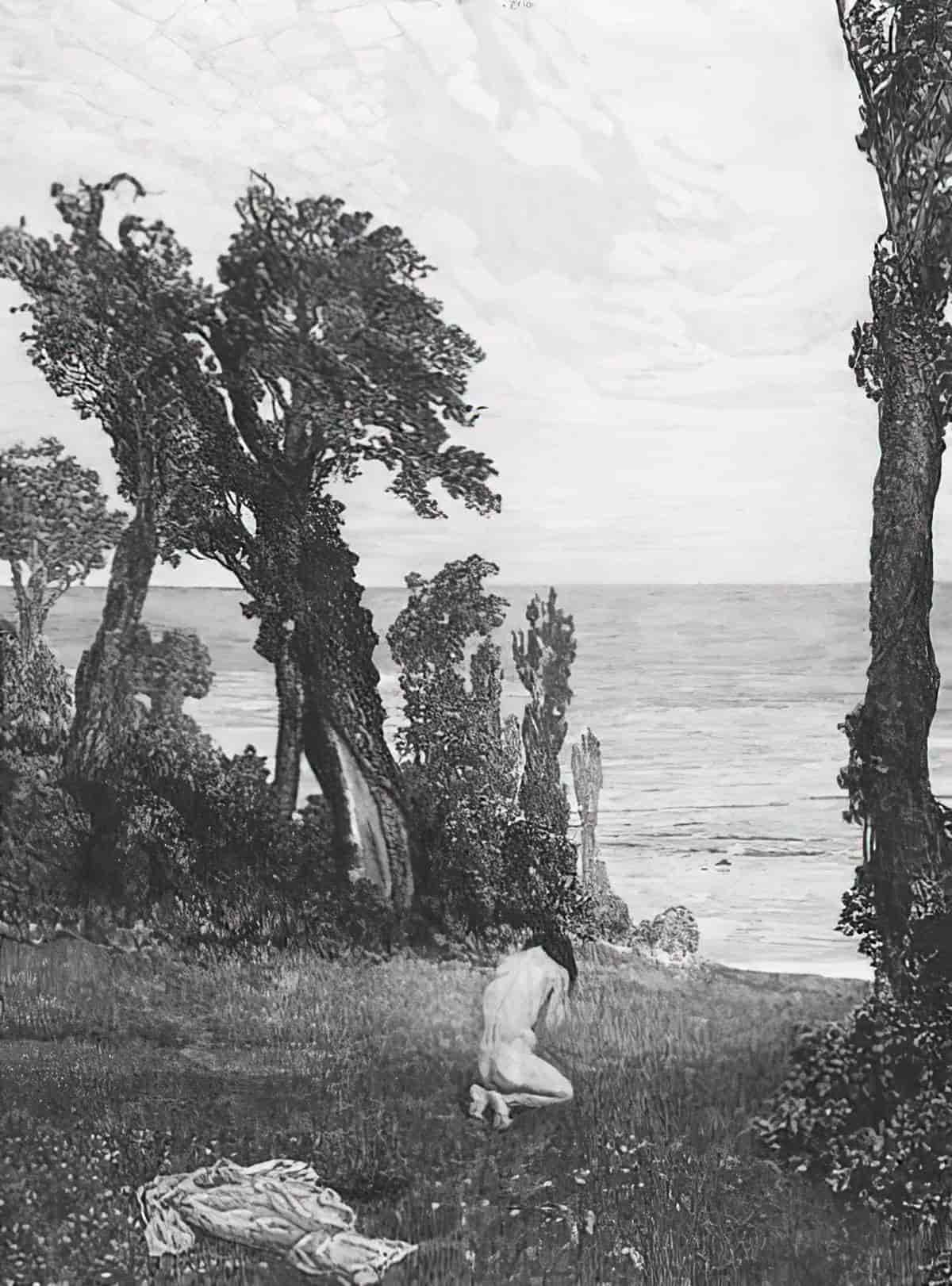
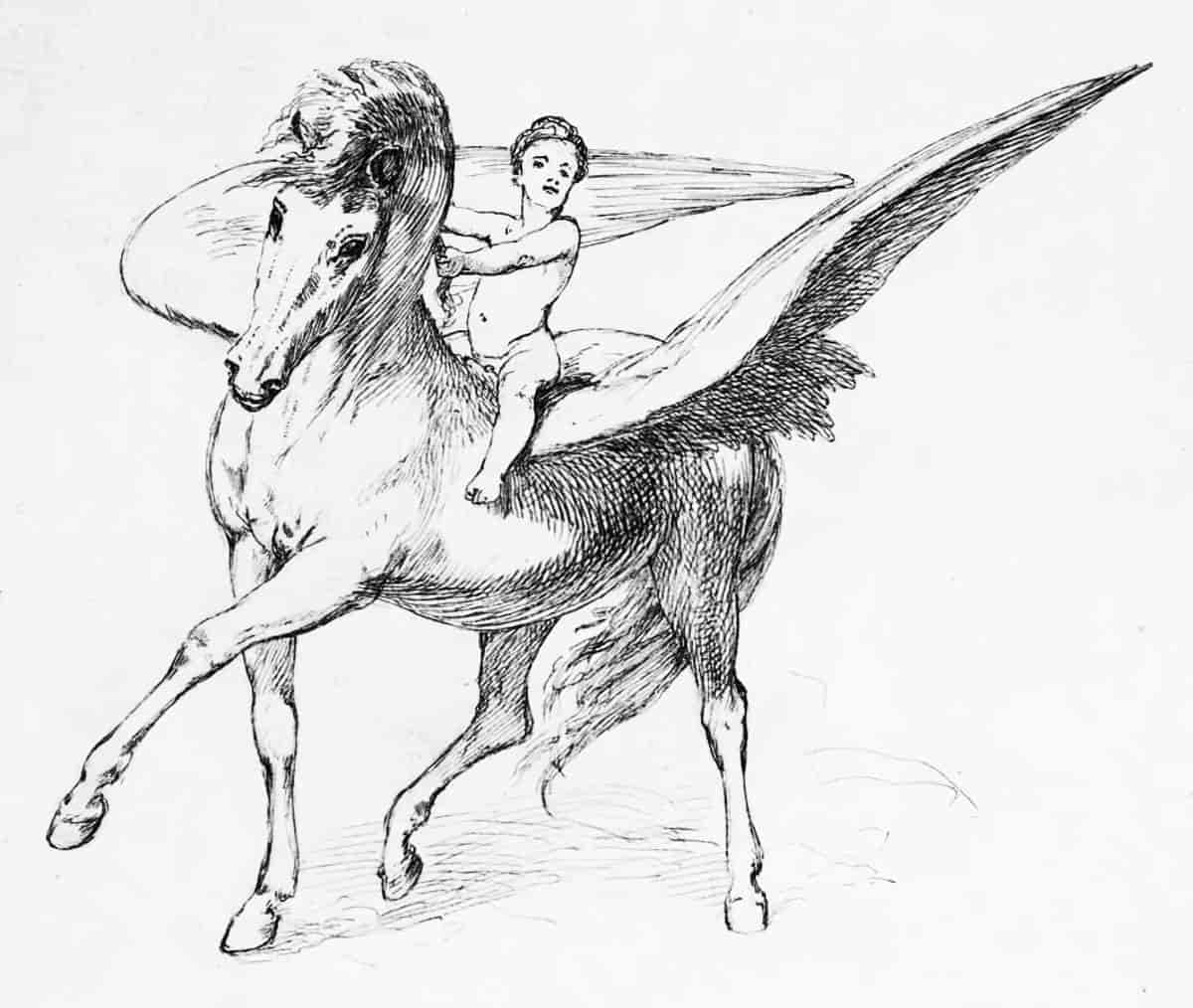
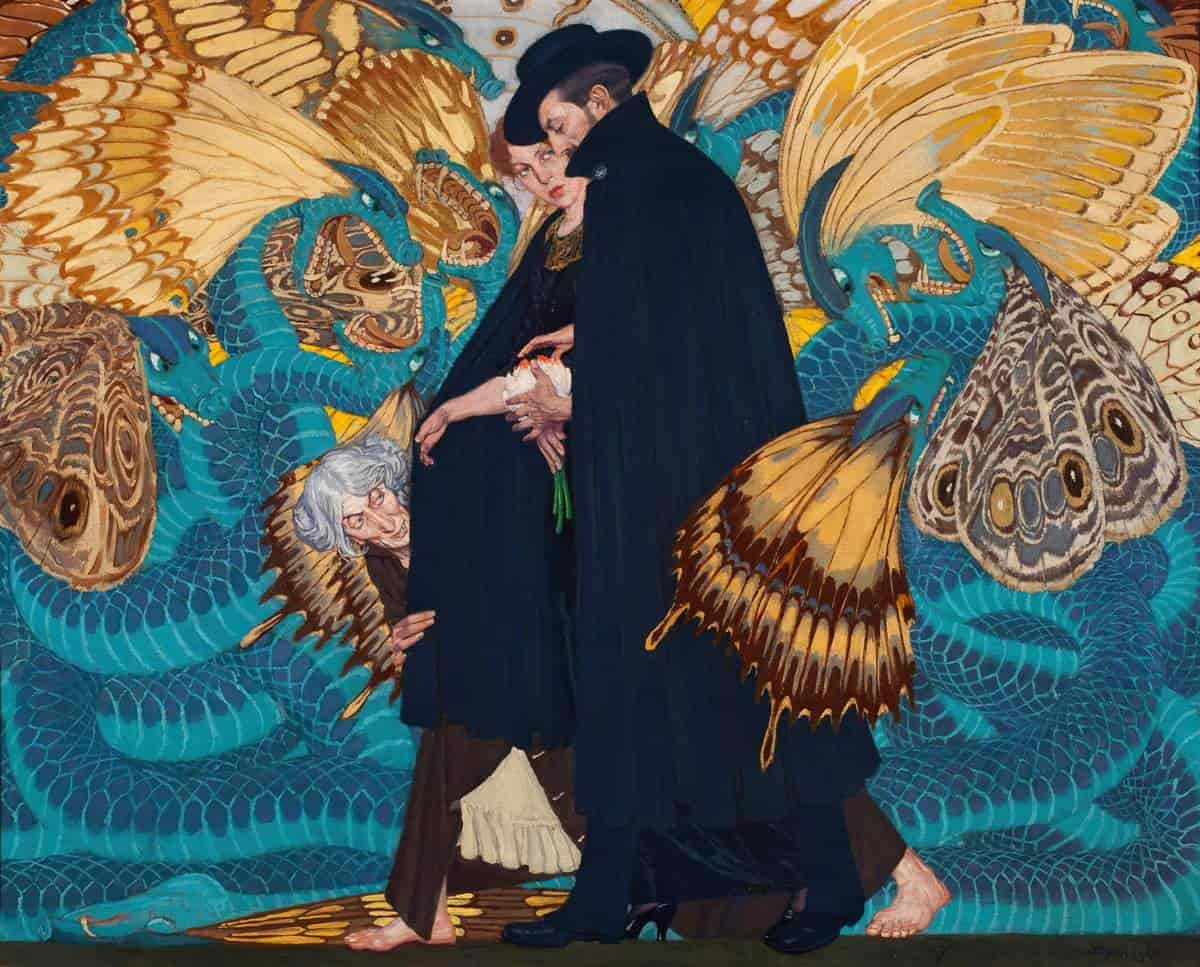
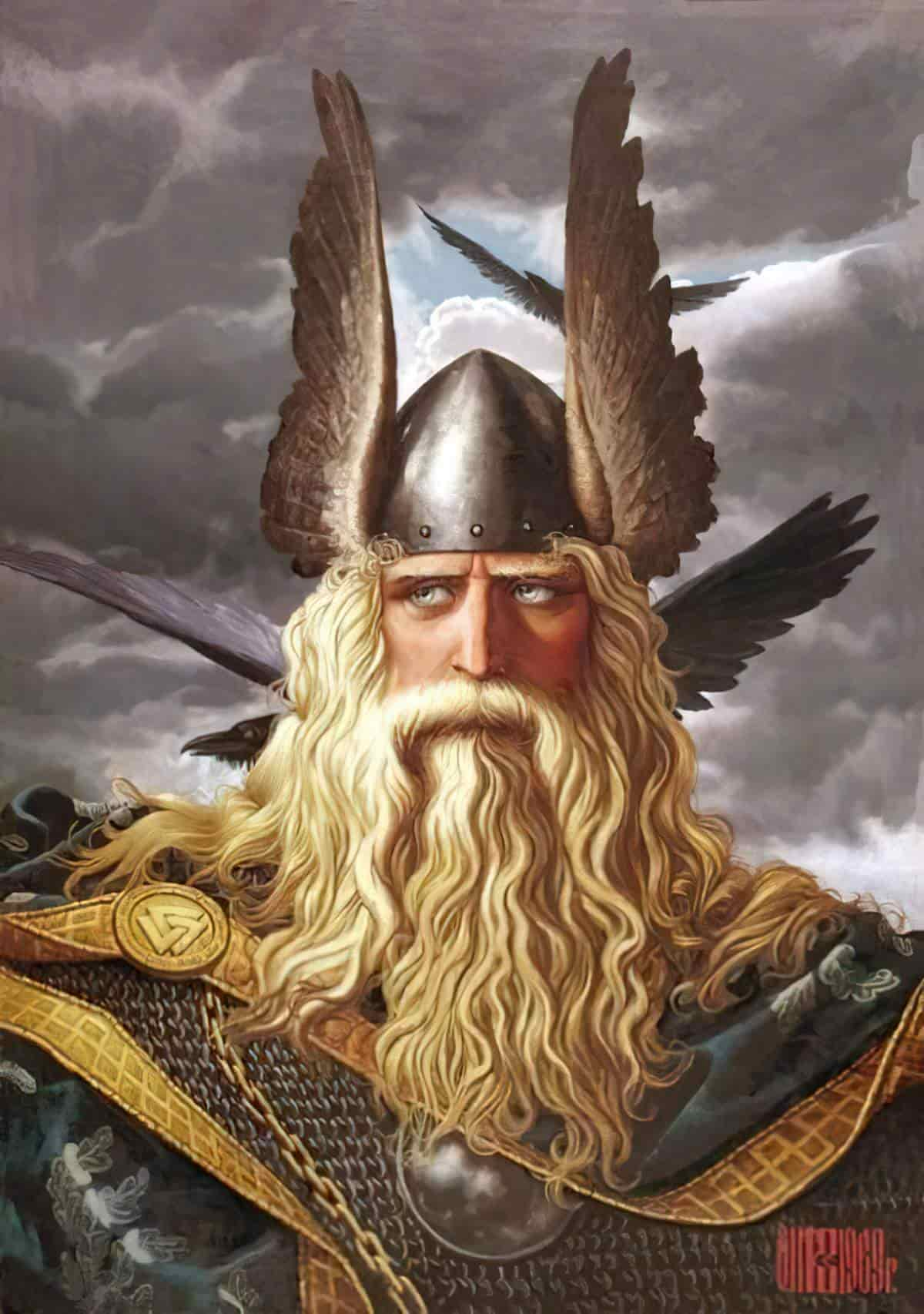
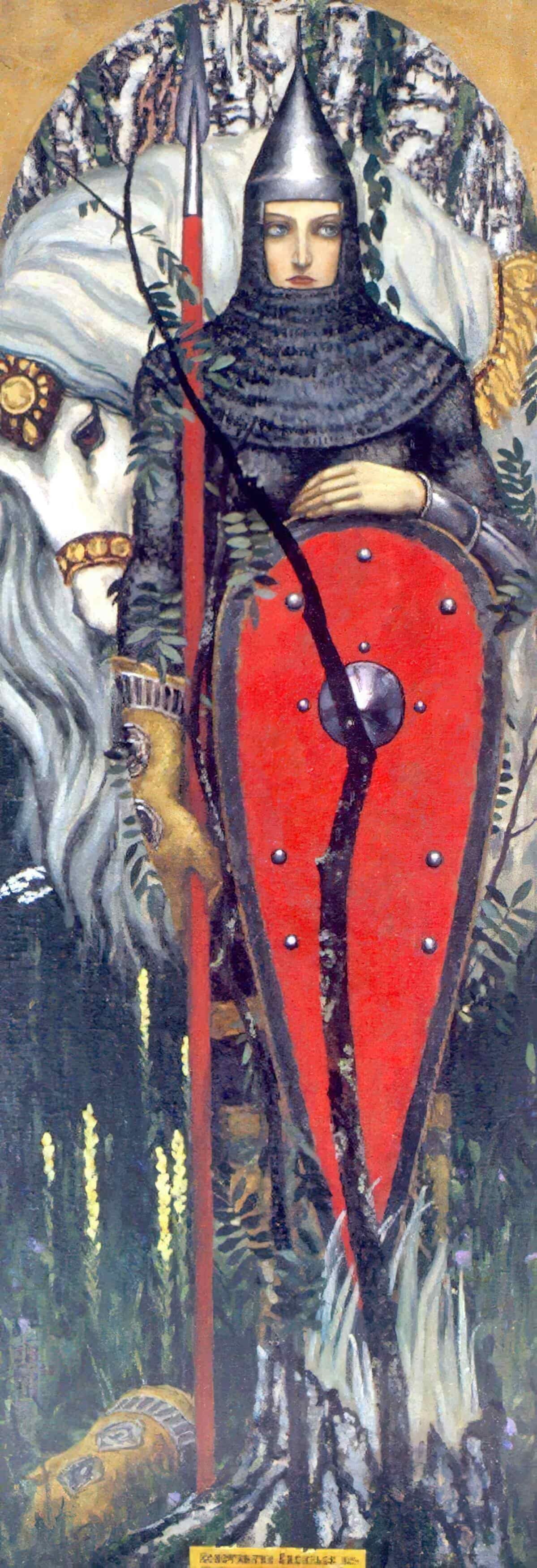
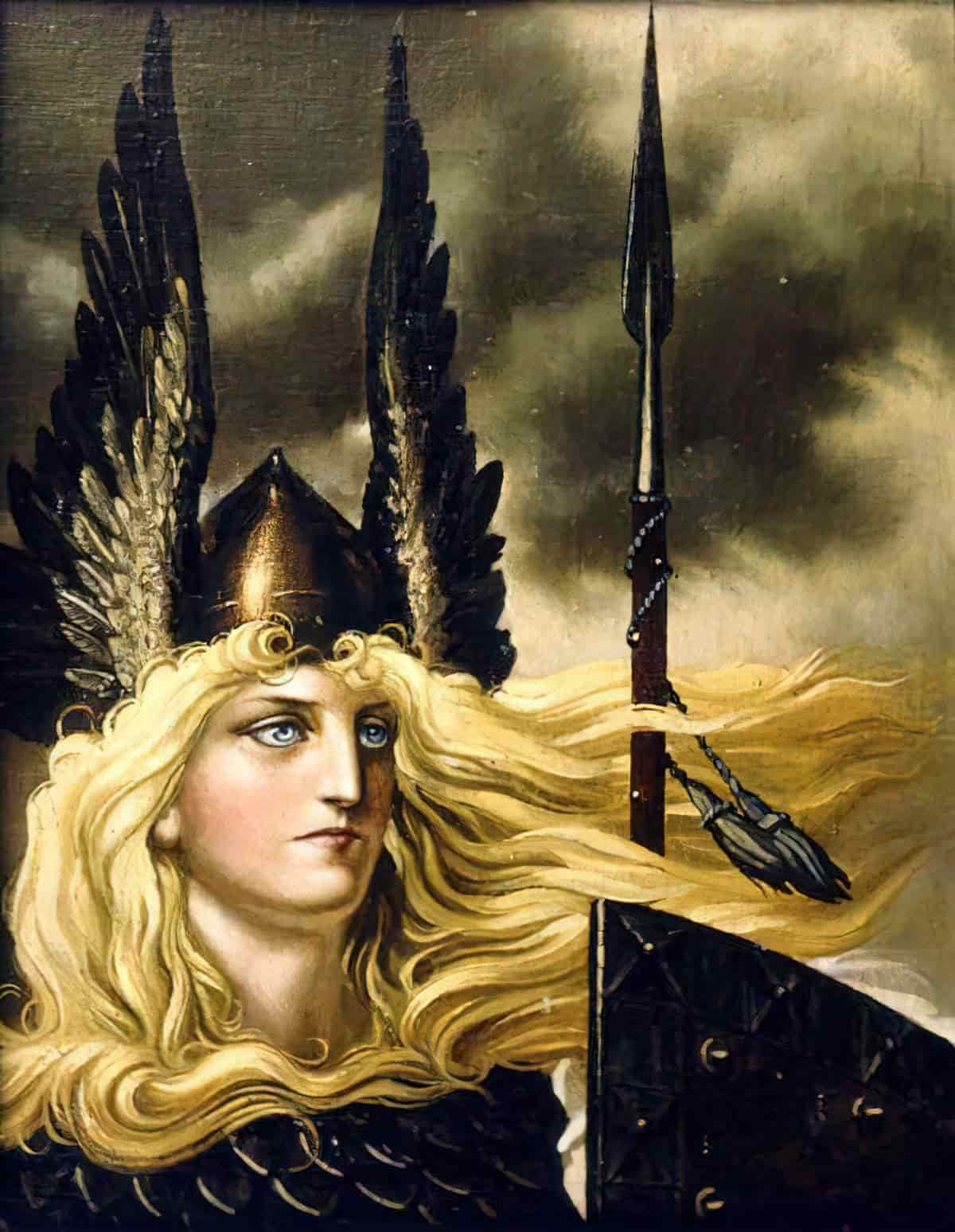
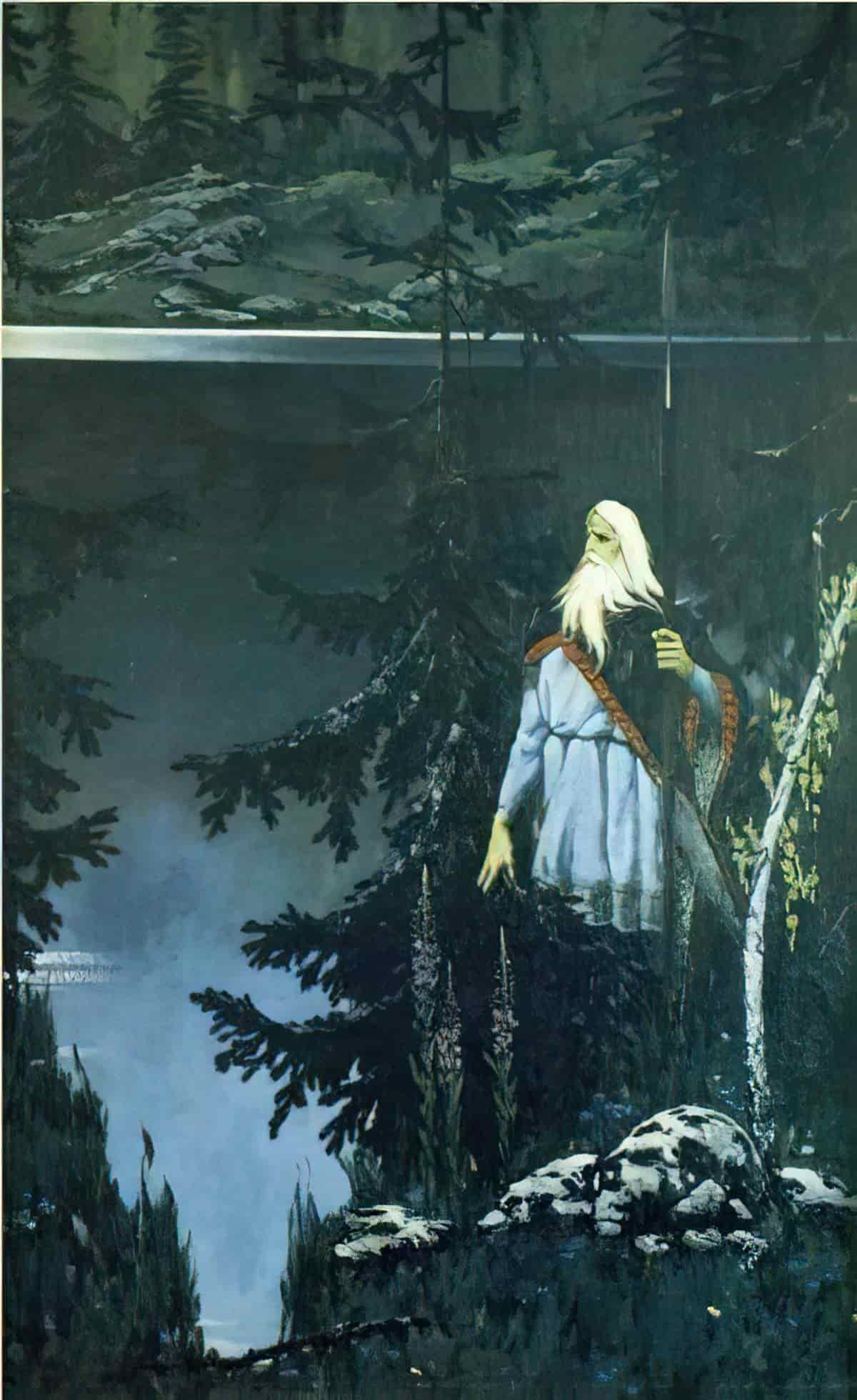
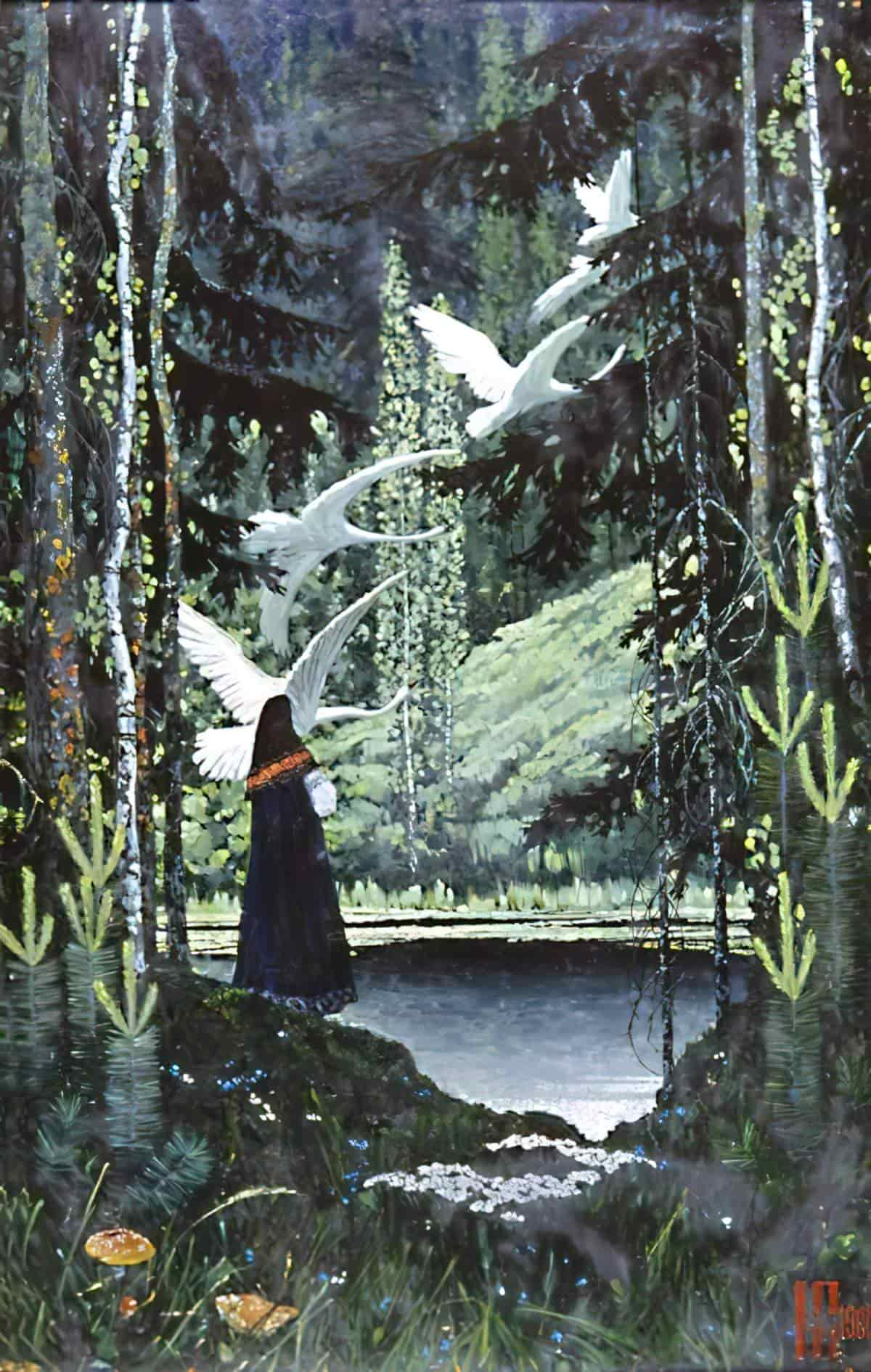
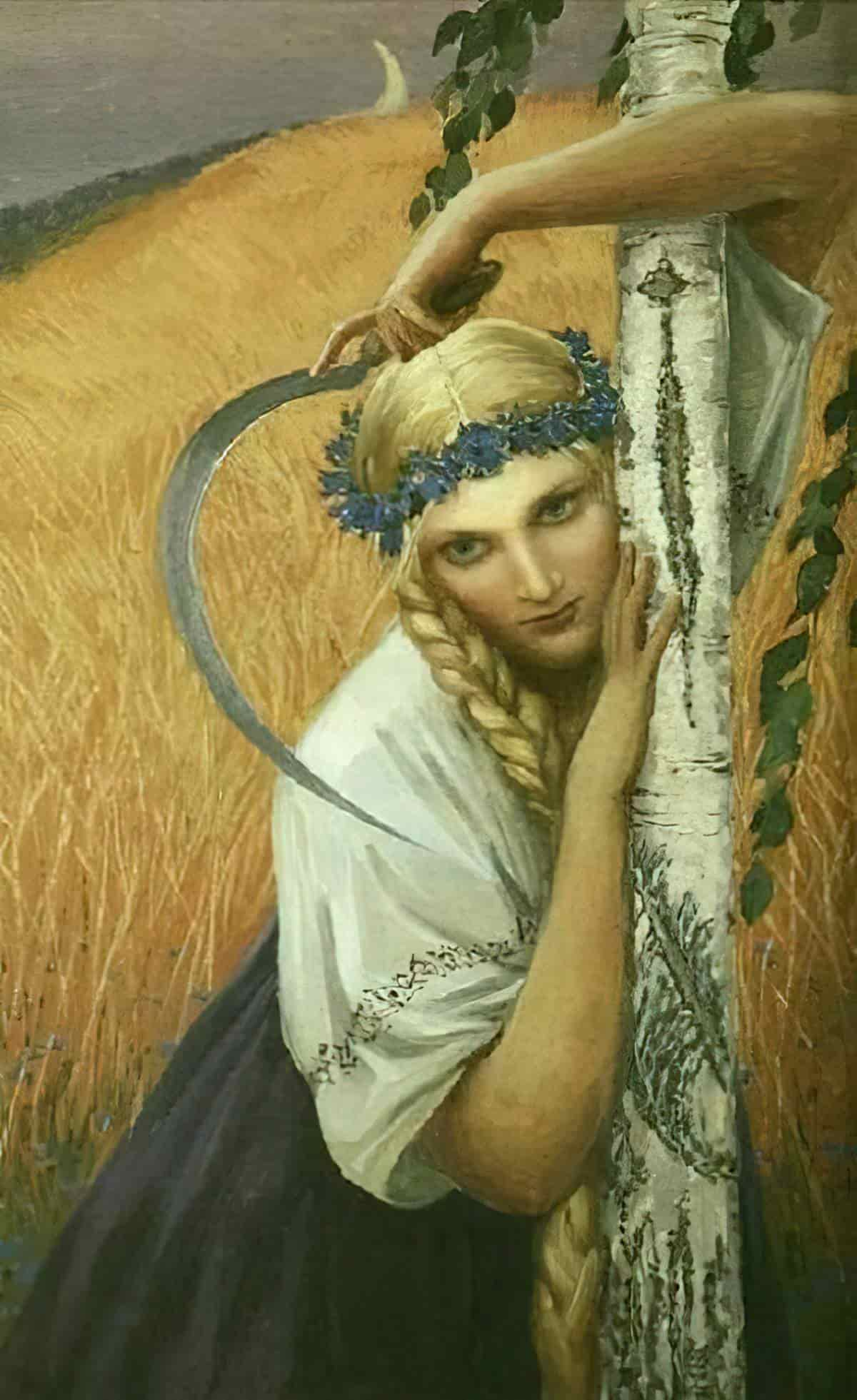
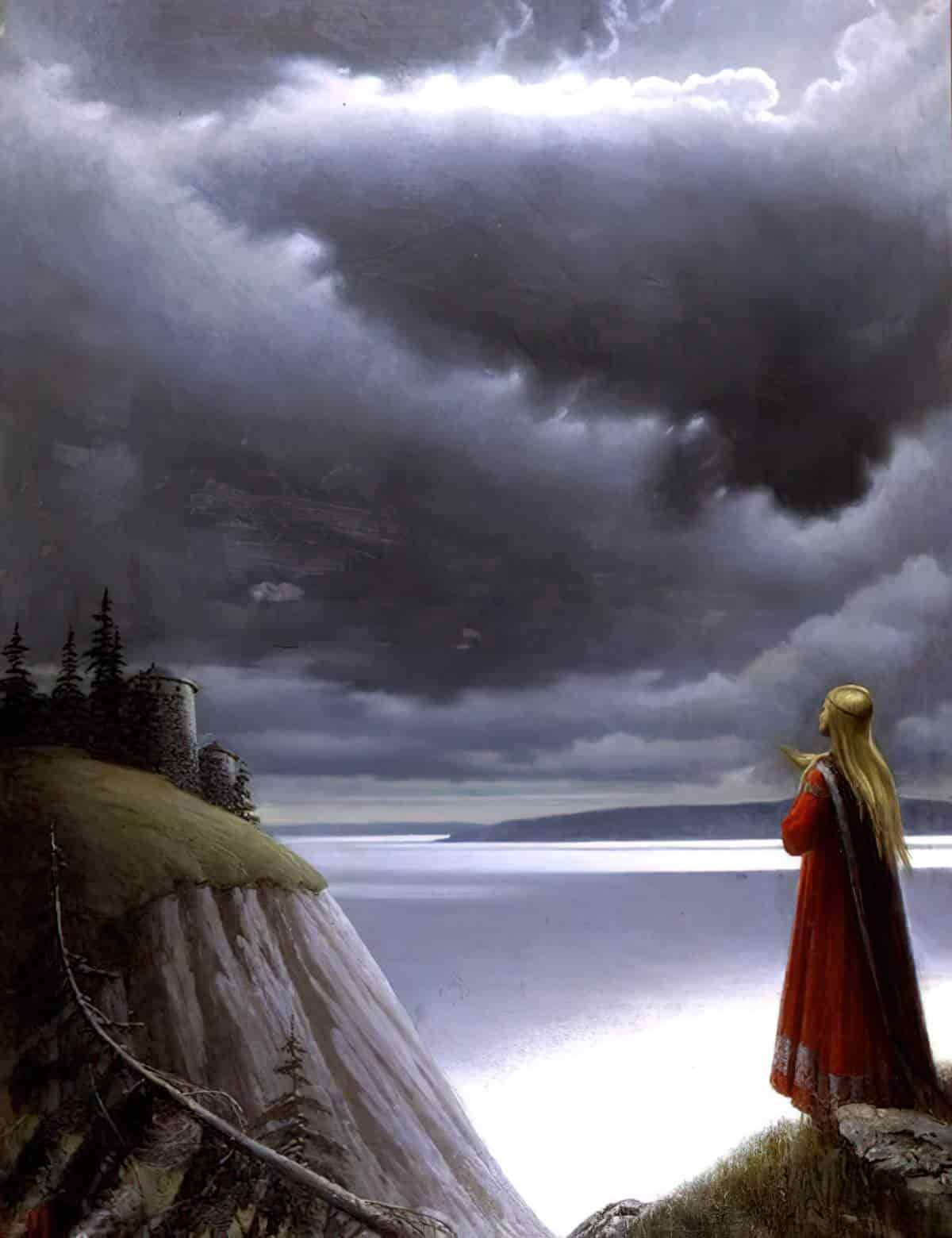
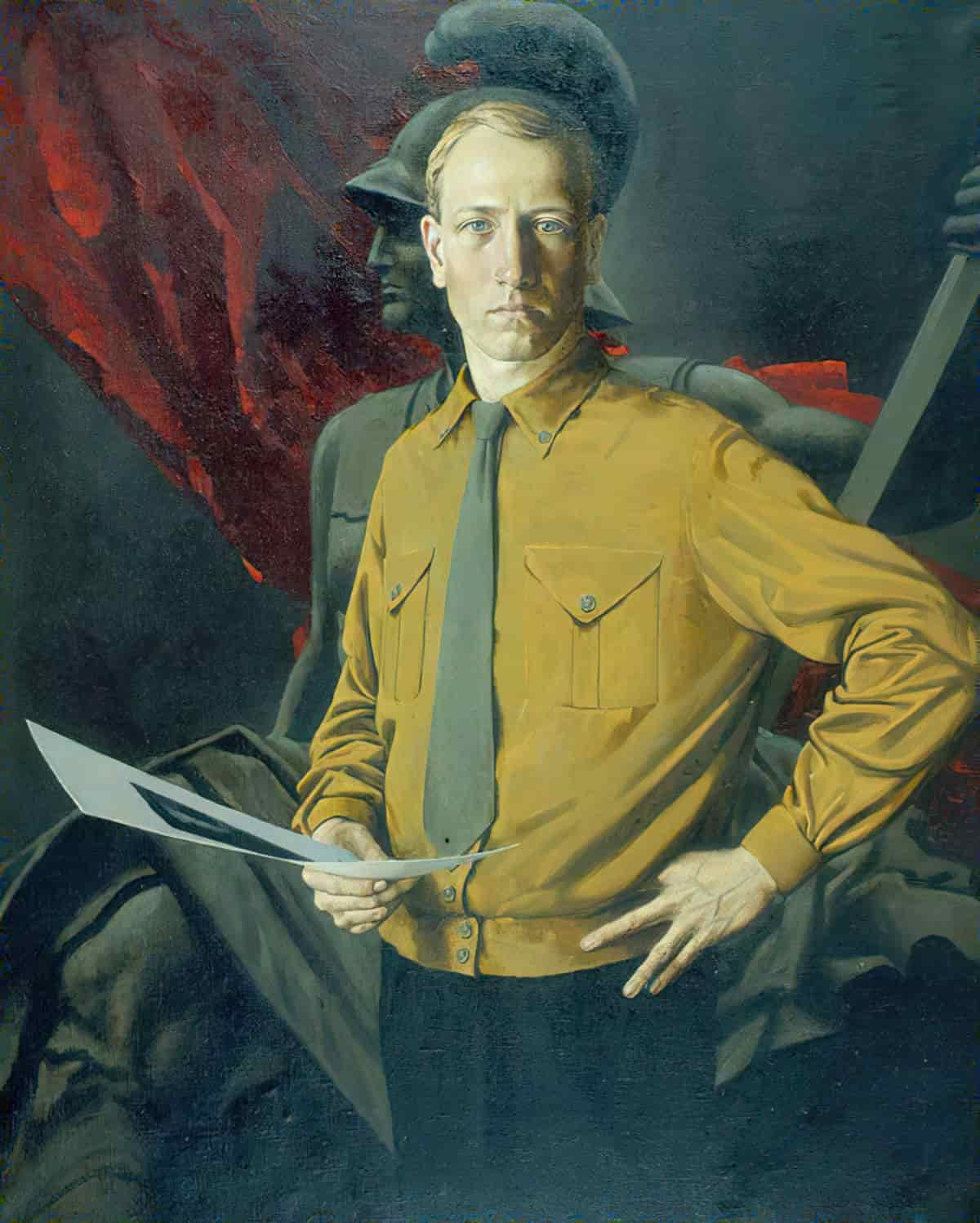
You may be noticing similarities between the Art Nouveau and Symbolist movements.
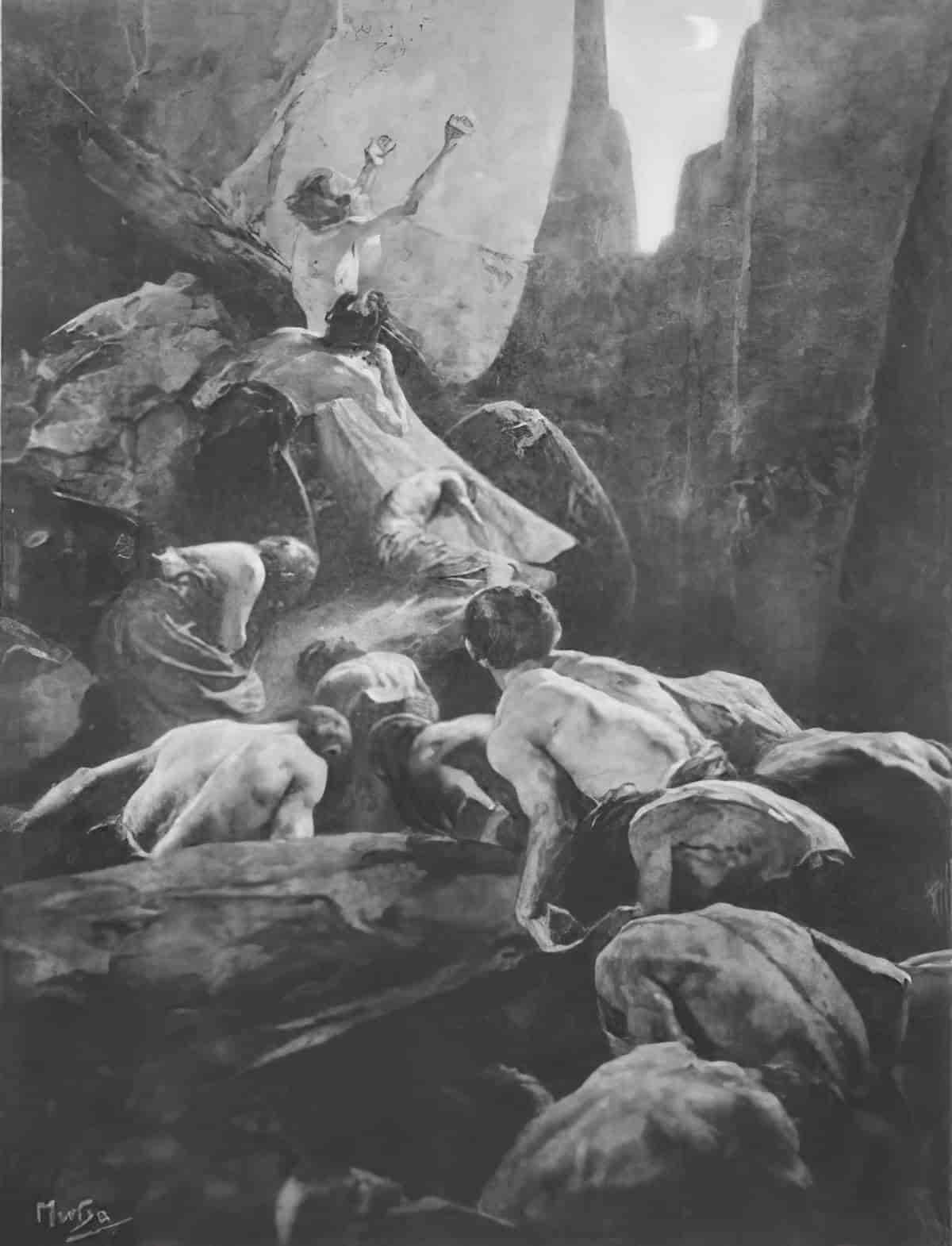
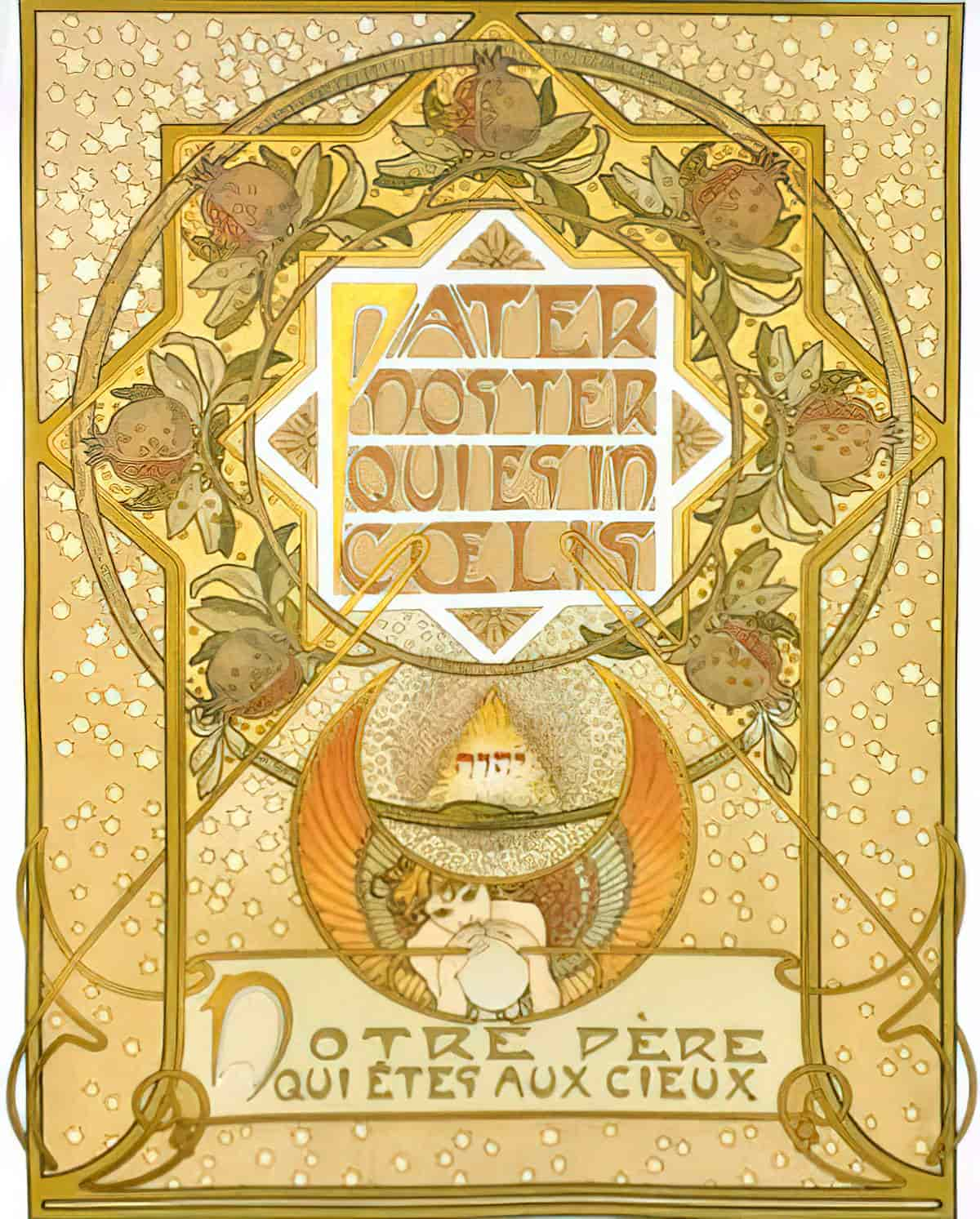
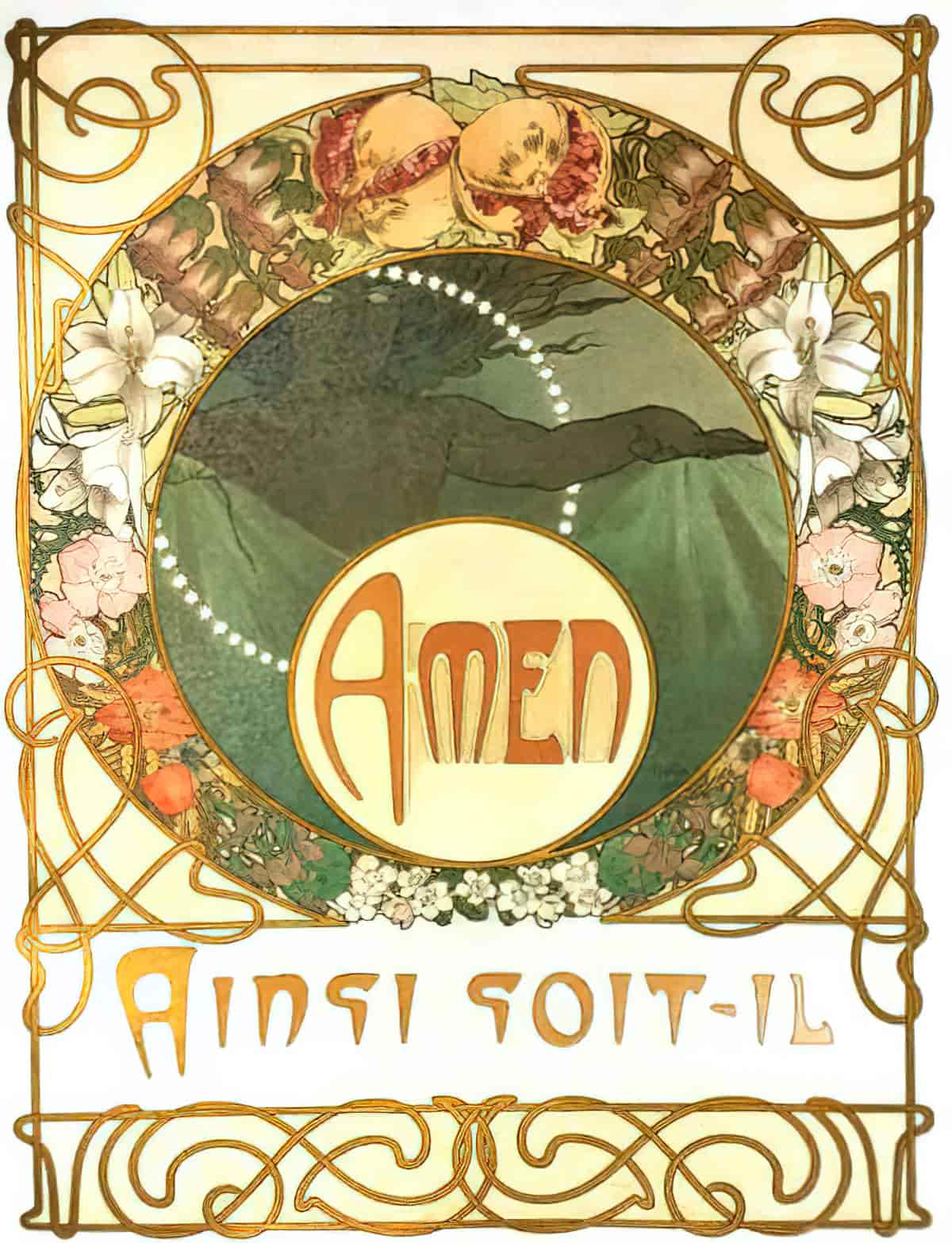
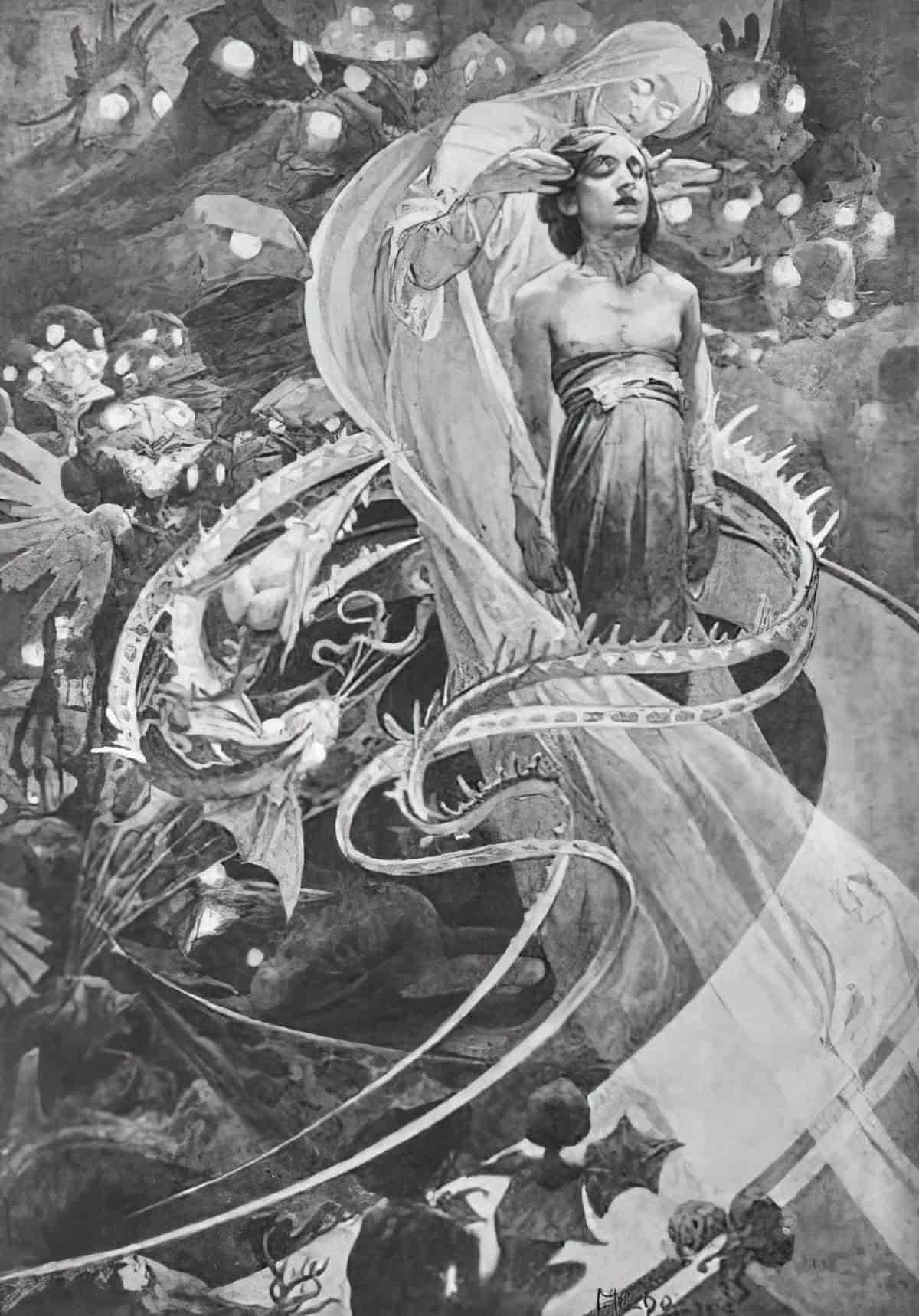
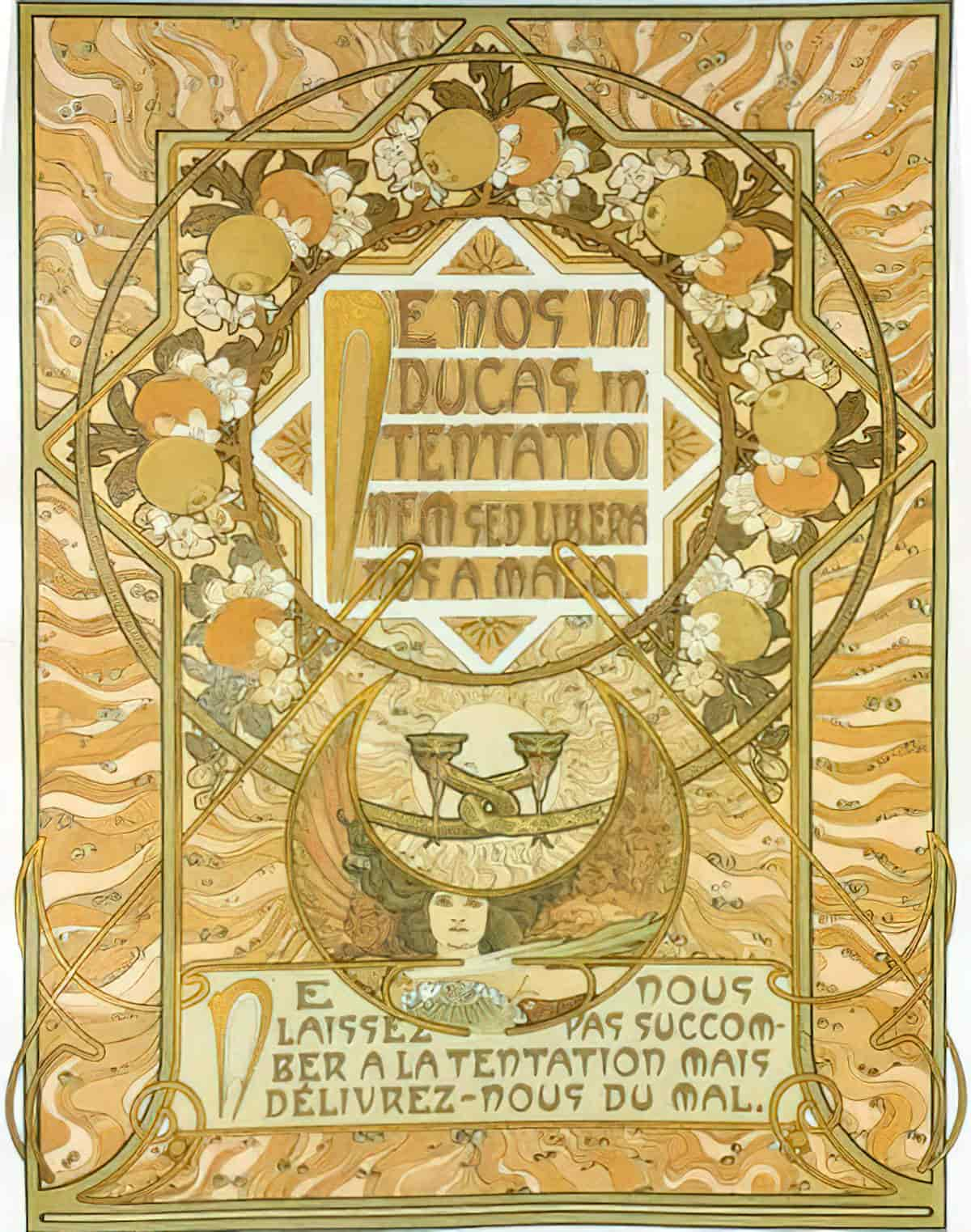
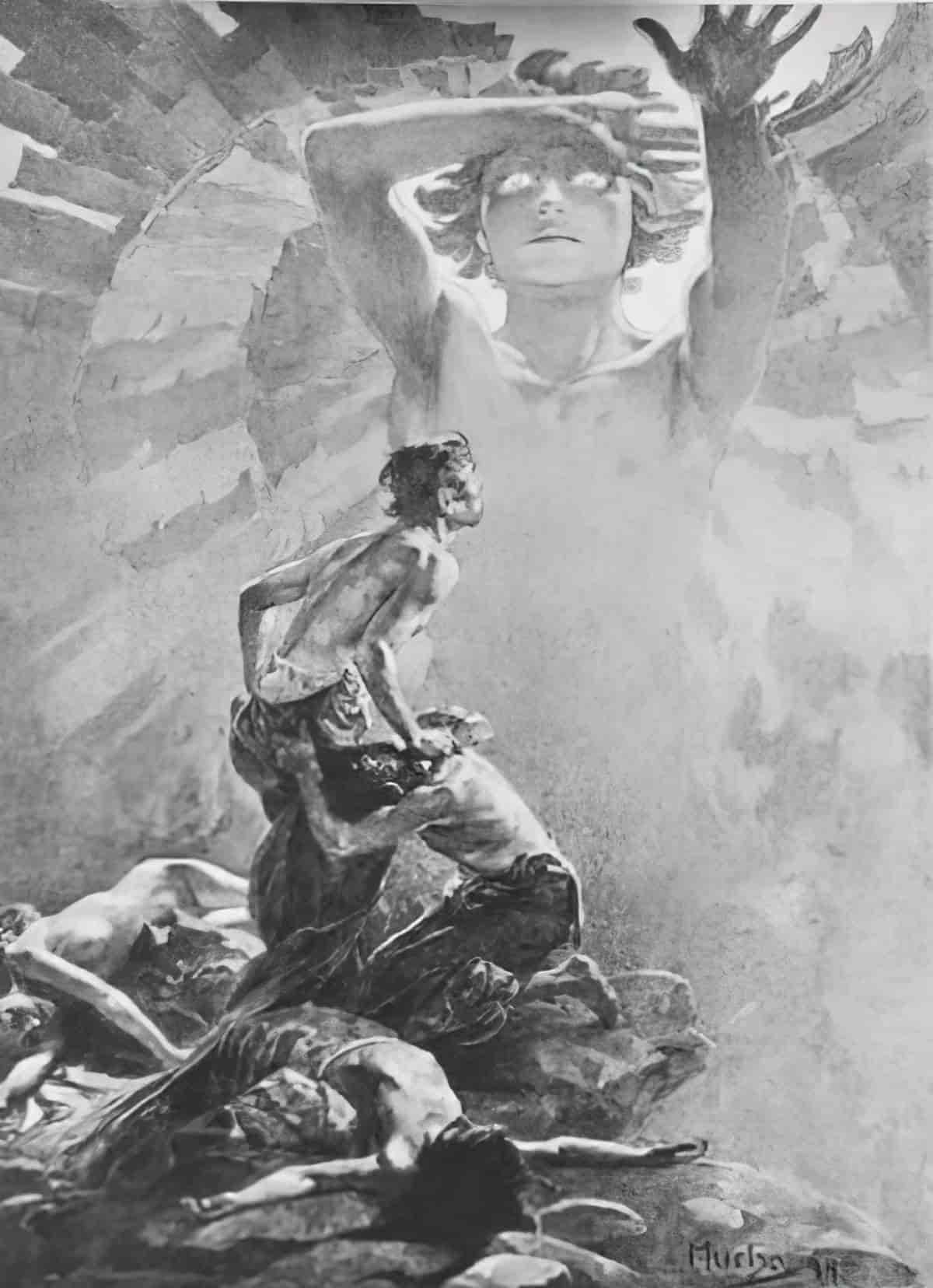
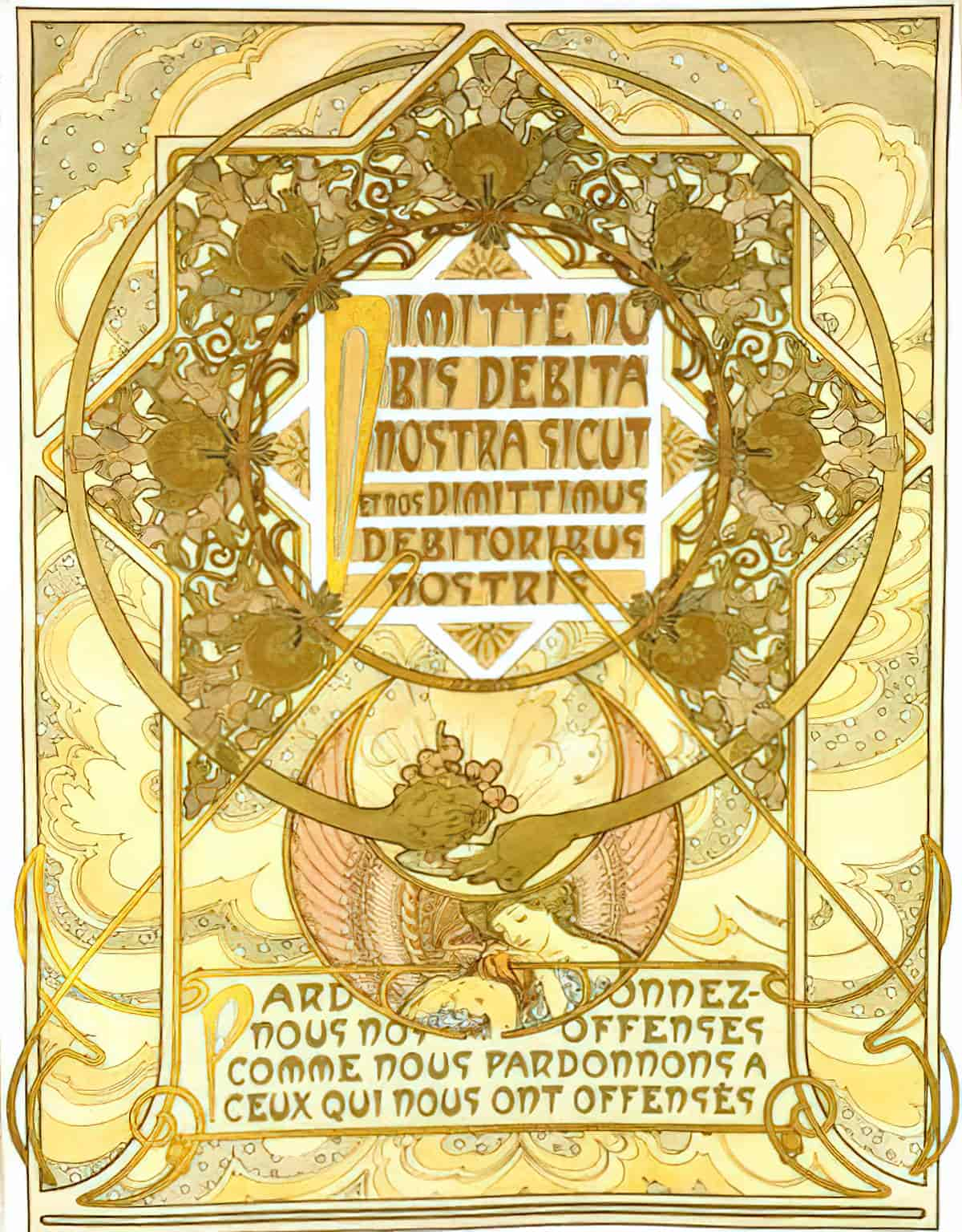
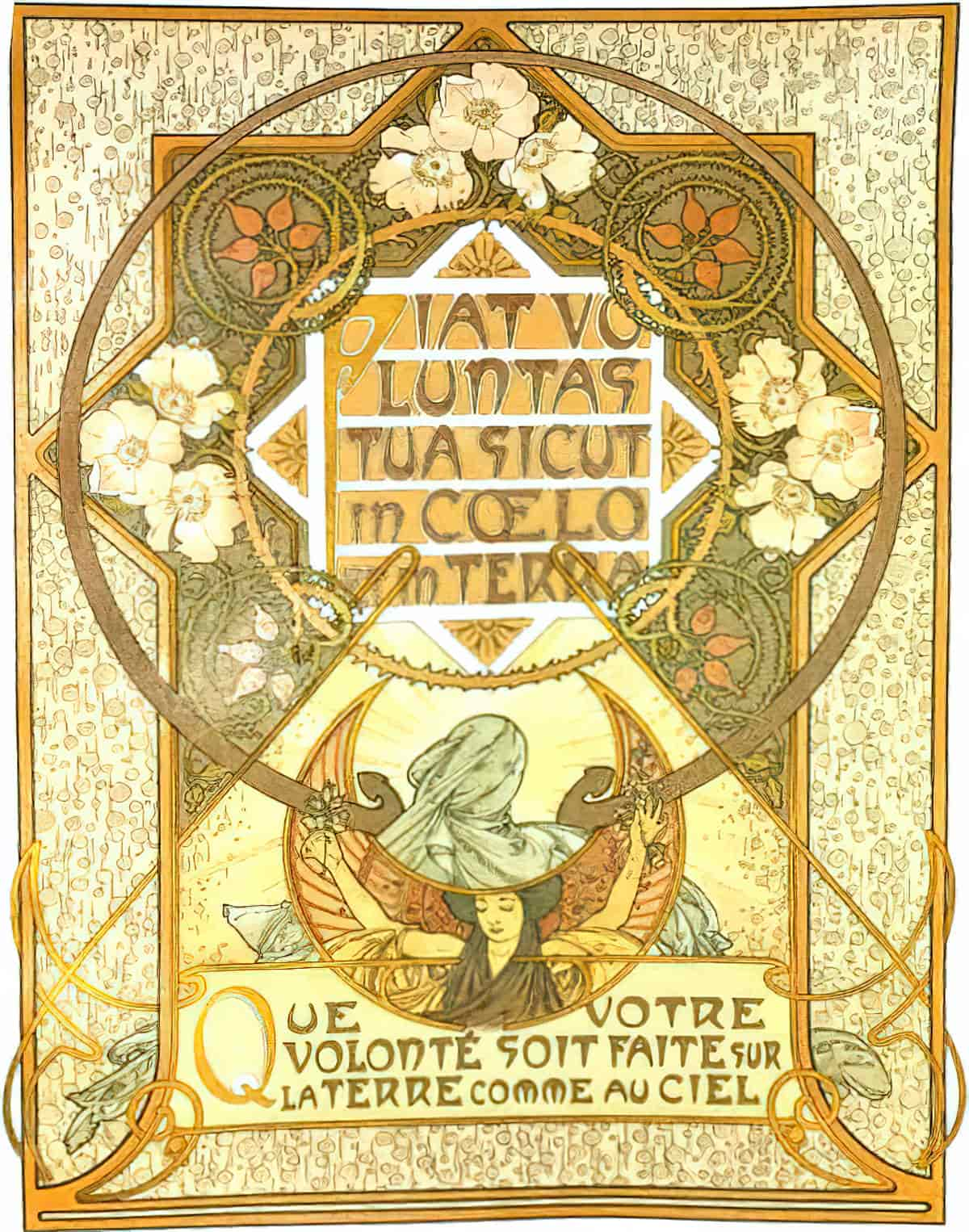
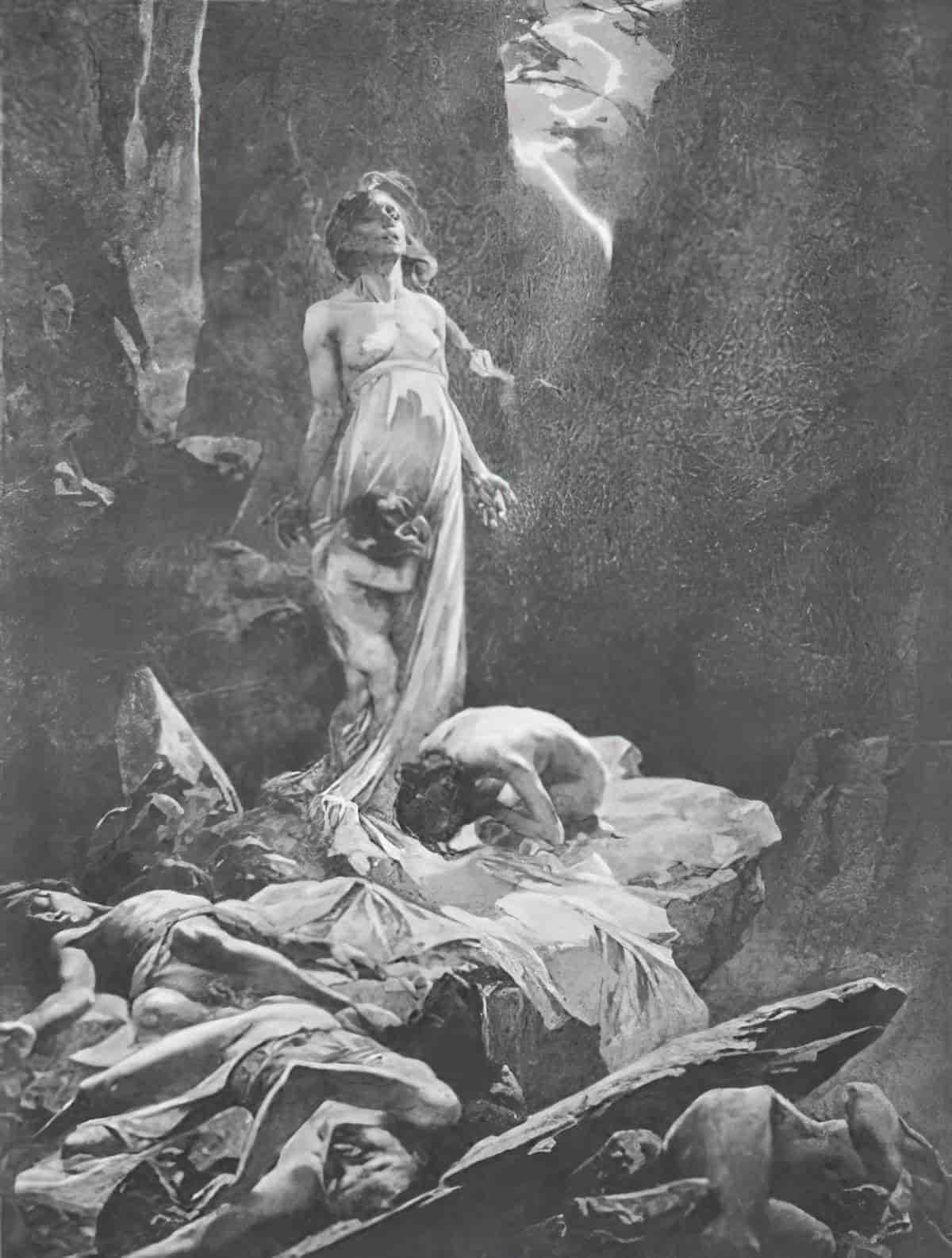
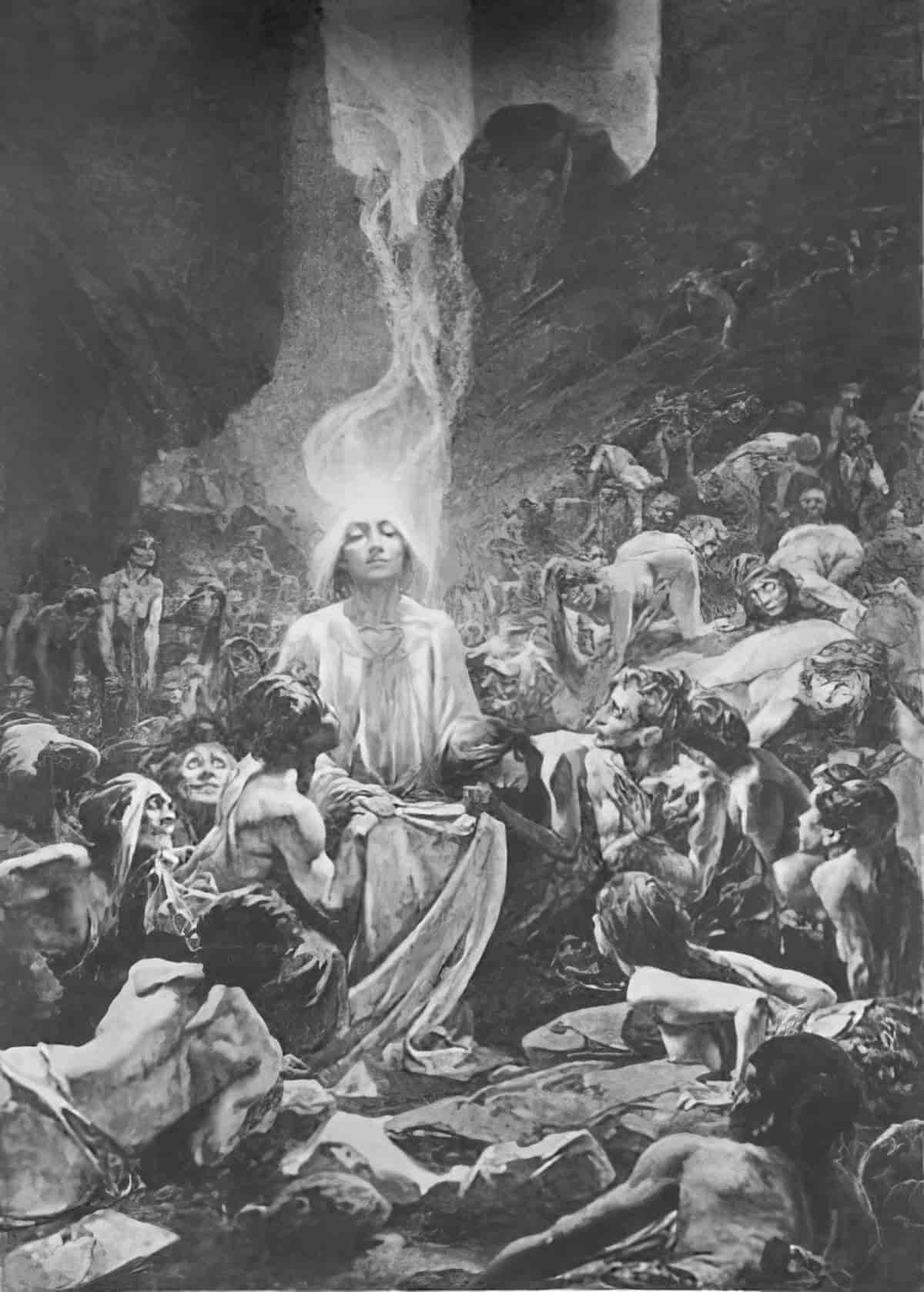
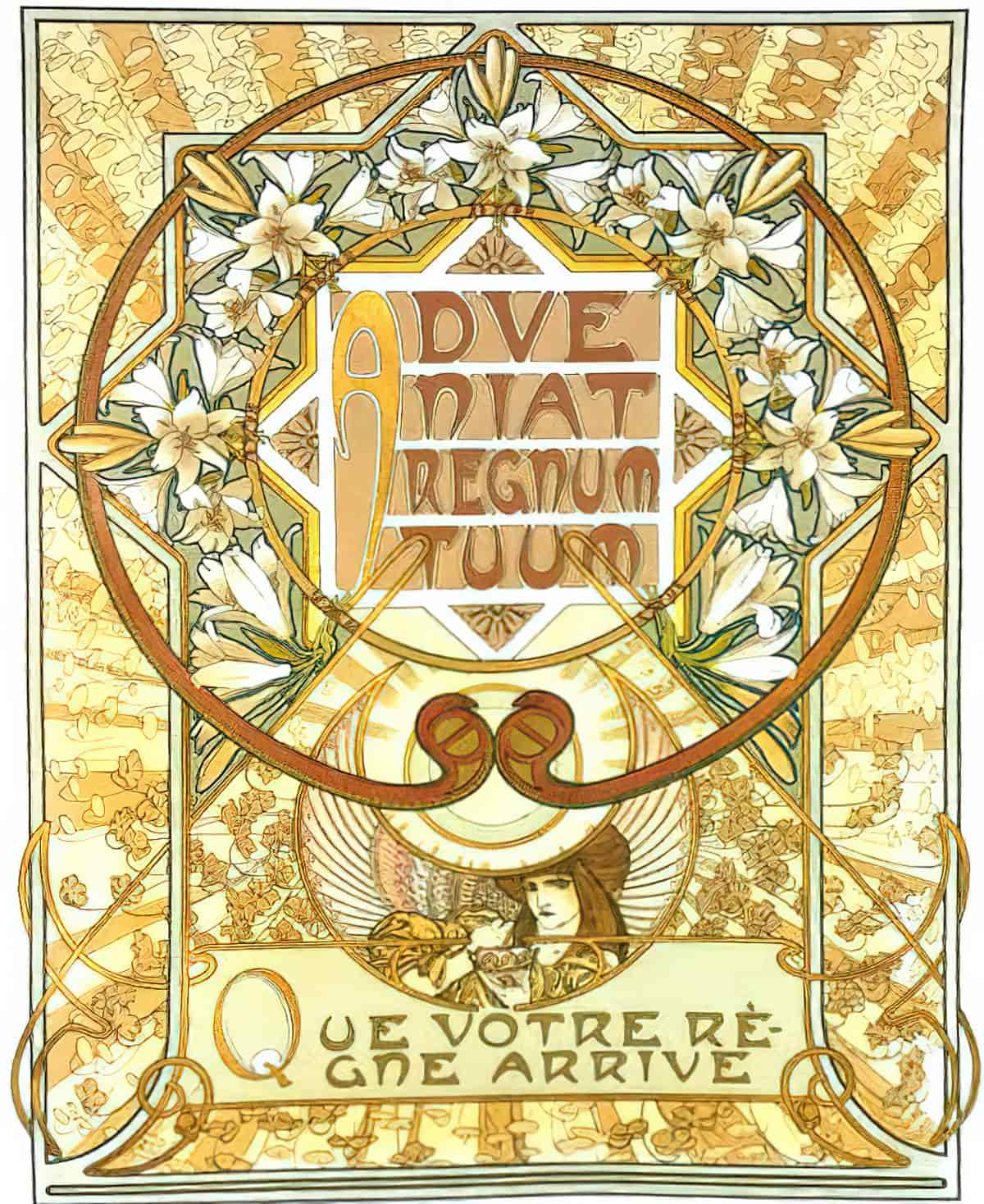
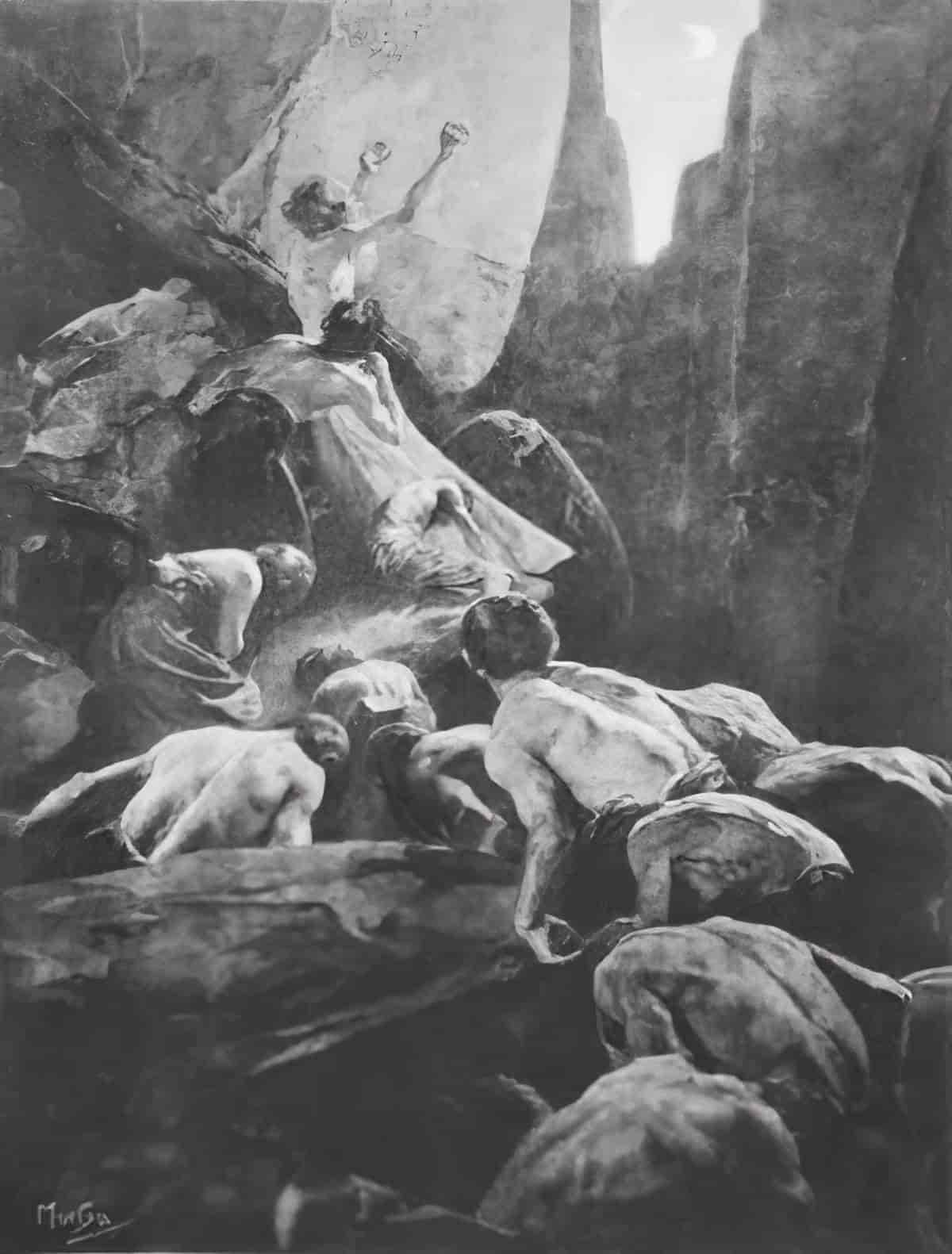
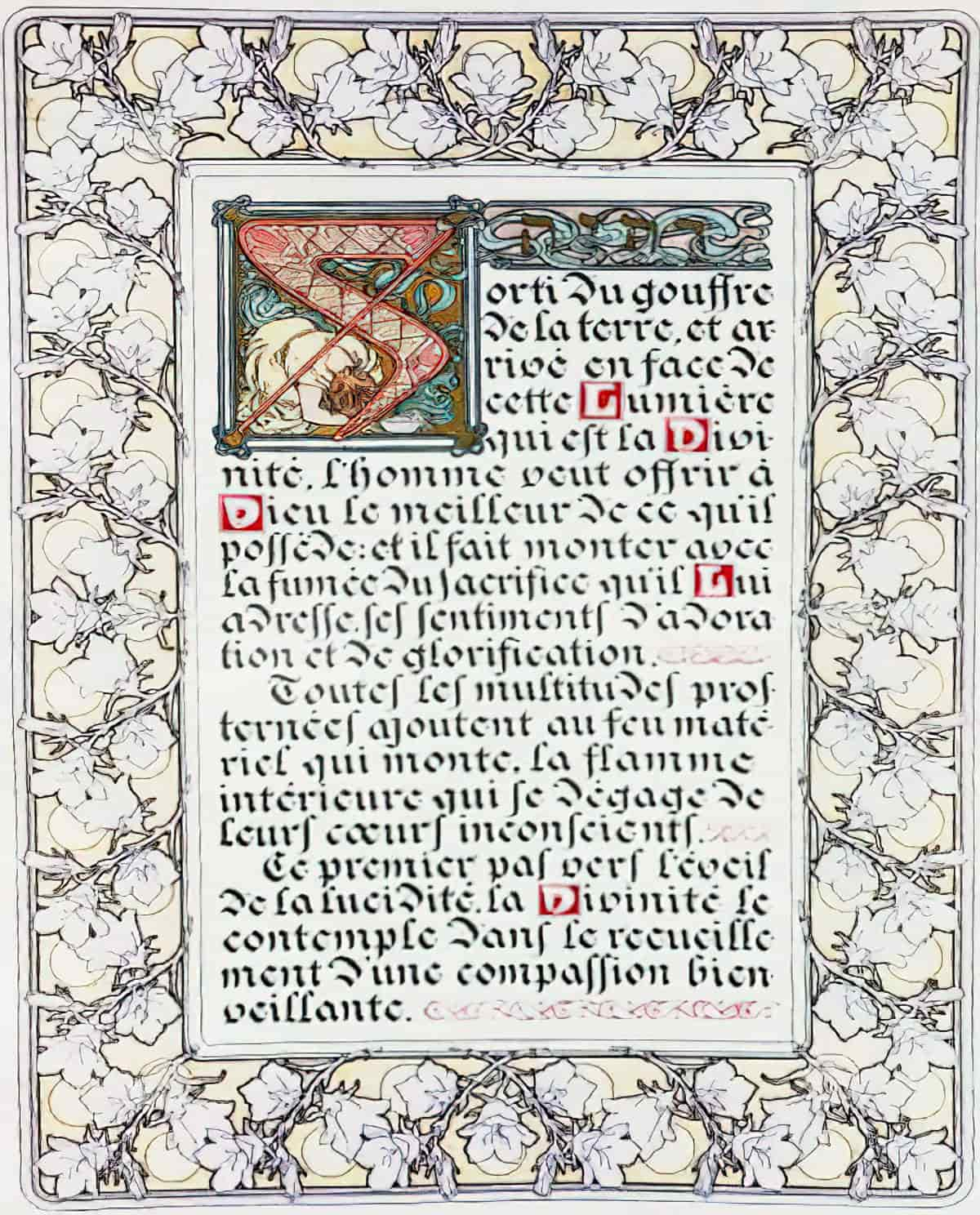
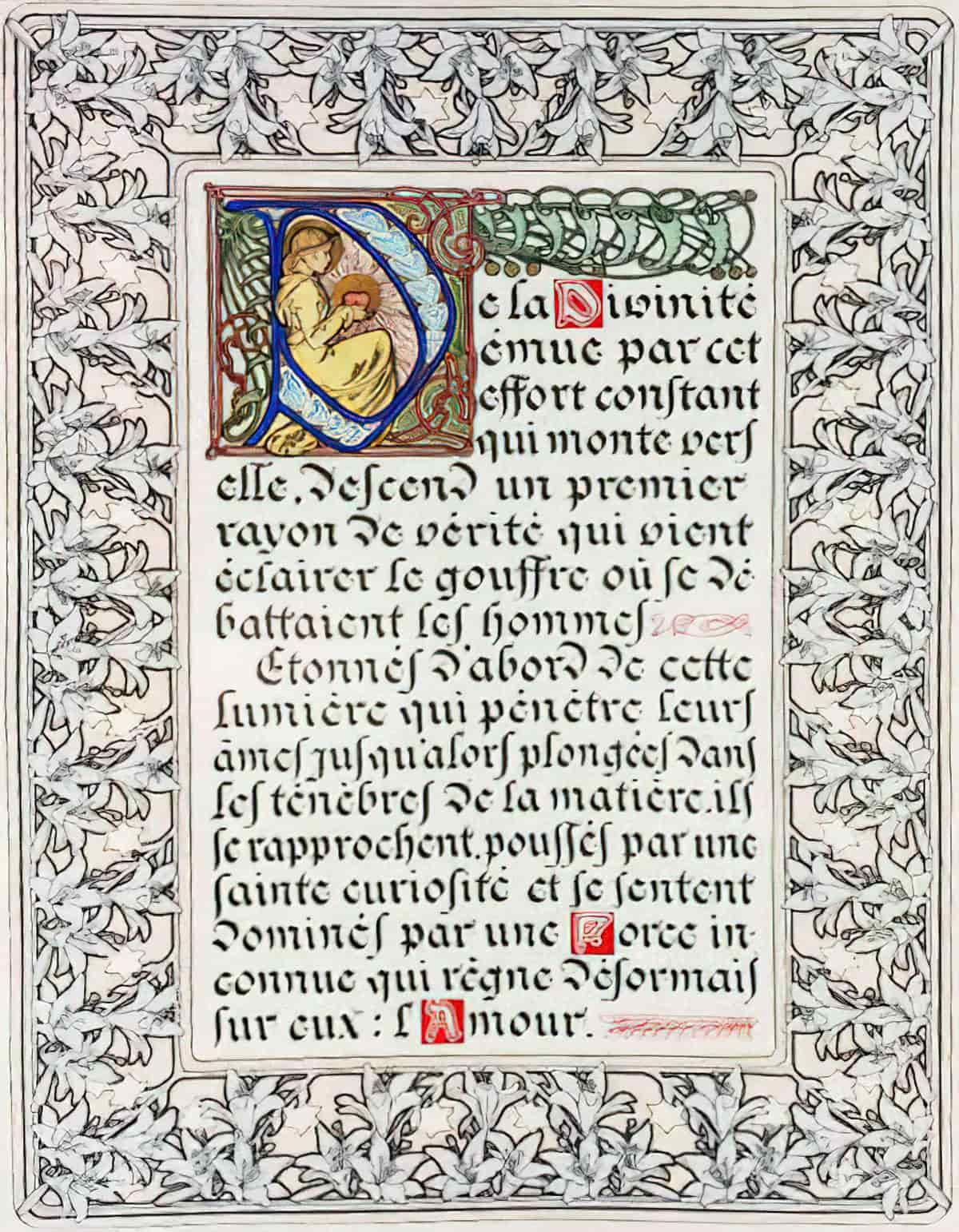
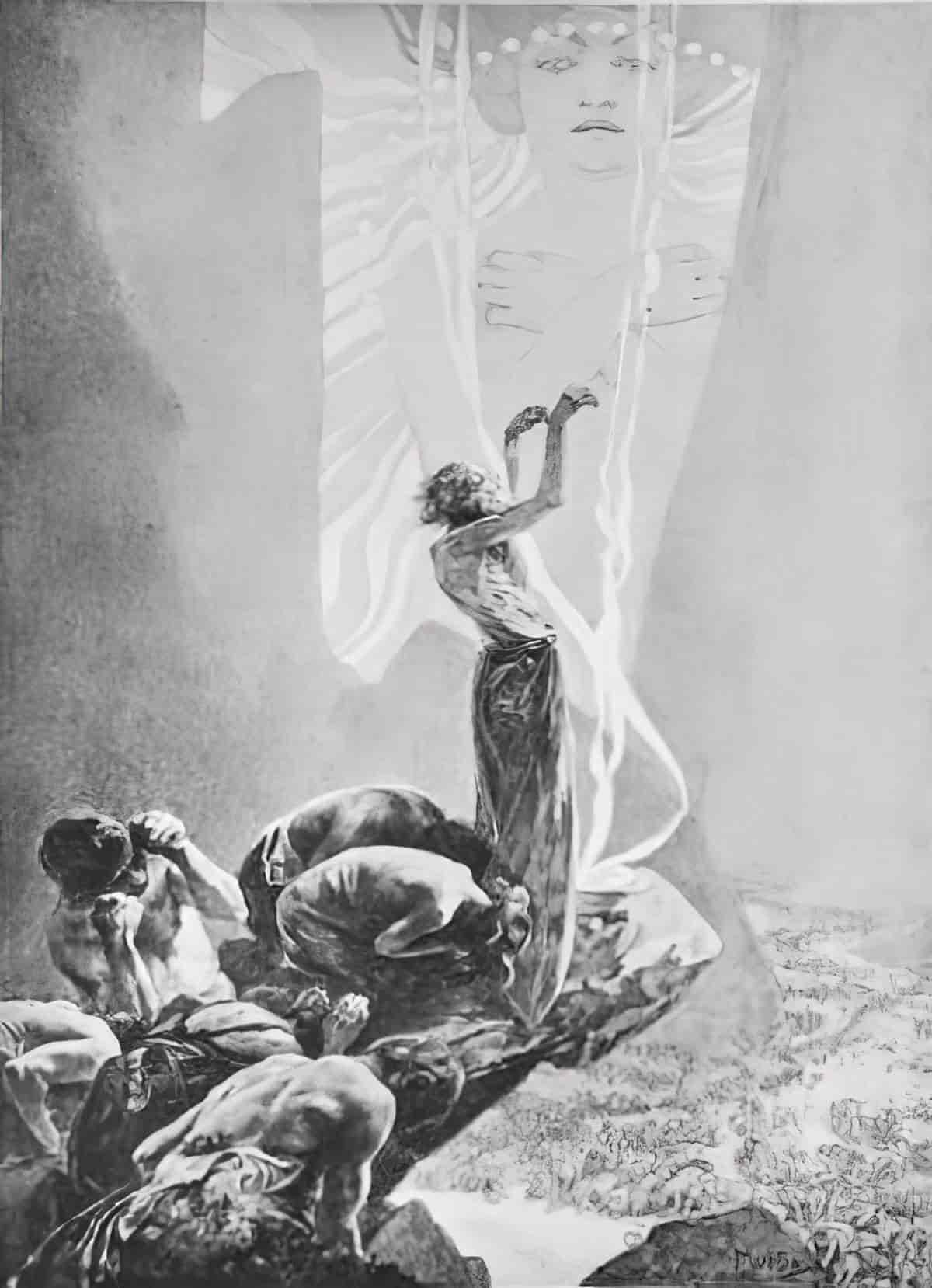
WHEN DOES SYMBOLISM BECOME SURREALISM?
Both movements are considered ‘modern art’, a broader movement.
The Symbolist and Surrealist movements share some similarities in their use of symbolism and the exploration of the subconscious mind. However, there are also some key differences.
APPROACH TO SYMBOLISM
Symbolist artists, like Gustave Moreau and Fernand Khnopff, used symbols in a more metaphorical or allegorical way, to express complex ideas and emotions. They often used dreamlike, atmospheric, and highly-stylized imagery to express these ideas.
Surrealist artists, like Salvador Dali and Max Ernst, on the other hand, used symbols in a more literal and irrational way, to express the subconscious mind and to challenge the viewer’s perception of reality. They often used unexpected combinations of objects and imagery to create a sense of the irrational.
approach to representation
Symbolist art:
- is often more idealized and stylized
- often has a more literary and poetic quality
- more focused on expressing the inner emotions
Surrealist art:
- often more abstract and fantastical
- has a more irrational and disturbing quality
- more focused on exploring the subconscious mind
ORIGIN AND HISTORICAL CONTEXT
Symbolism:
- emerged in the late 19th century
- as a response to the Industrial Revolution and the urbanization of society
- was a reaction to the rapidly changing world.
- Surrealism, on the other hand,
Surrealism:
- emerged in the 1920s
- as a response to the devastation of World War I
- was a reaction to the disillusionment and trauma of the war.
The work of Alberto Martini is of interest because it bridges the decline of Symbolism and the rise of Surrealism.
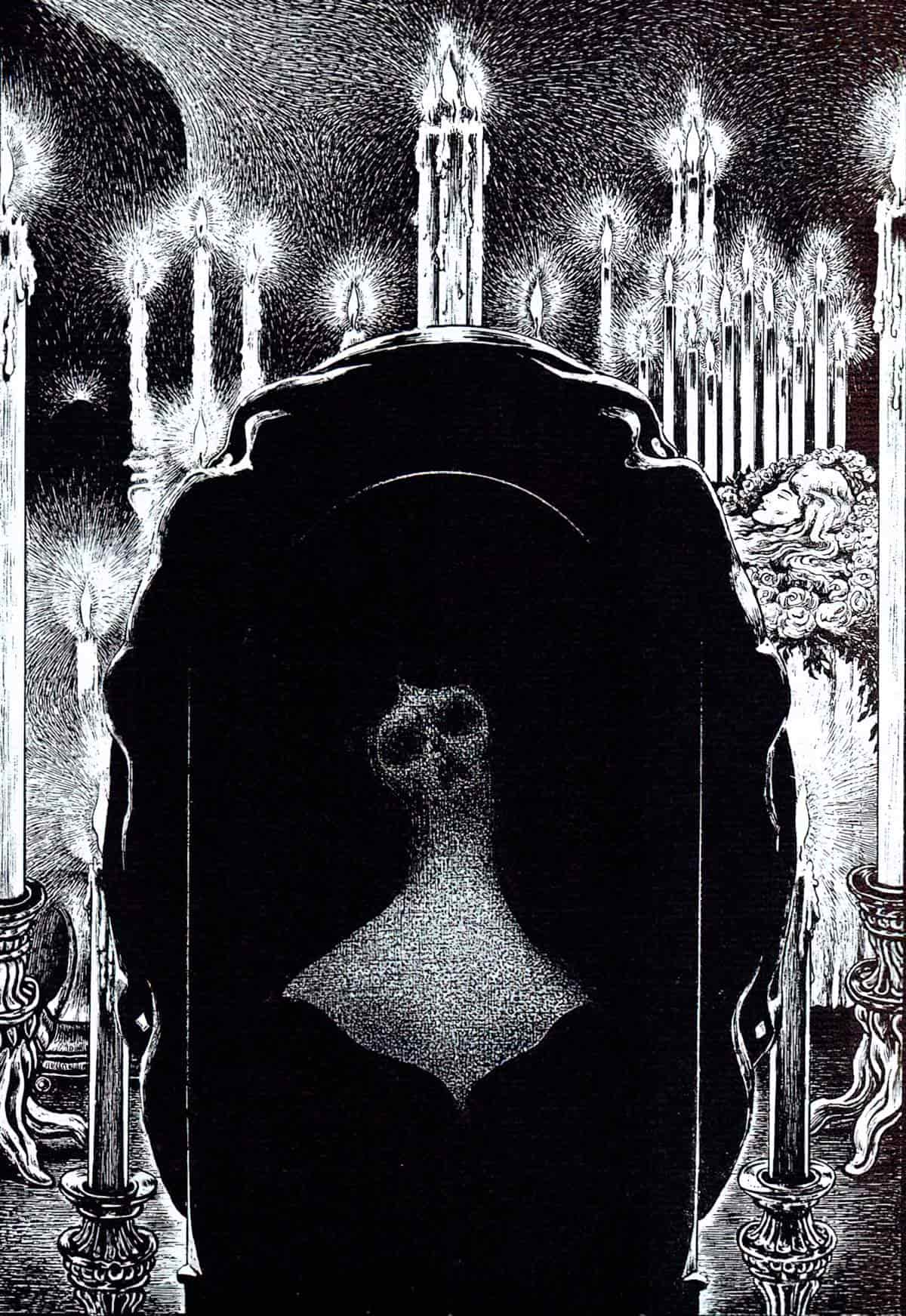
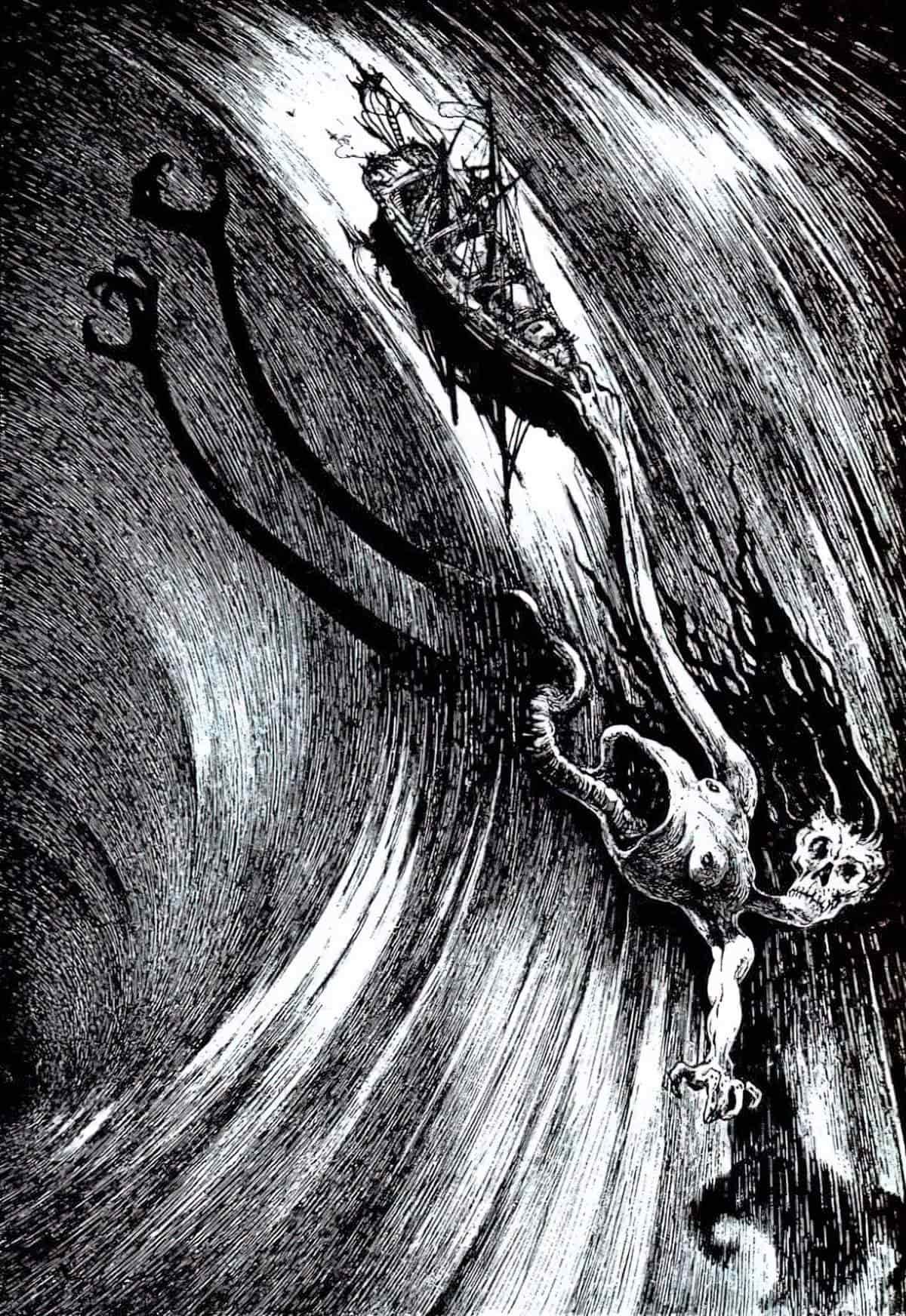
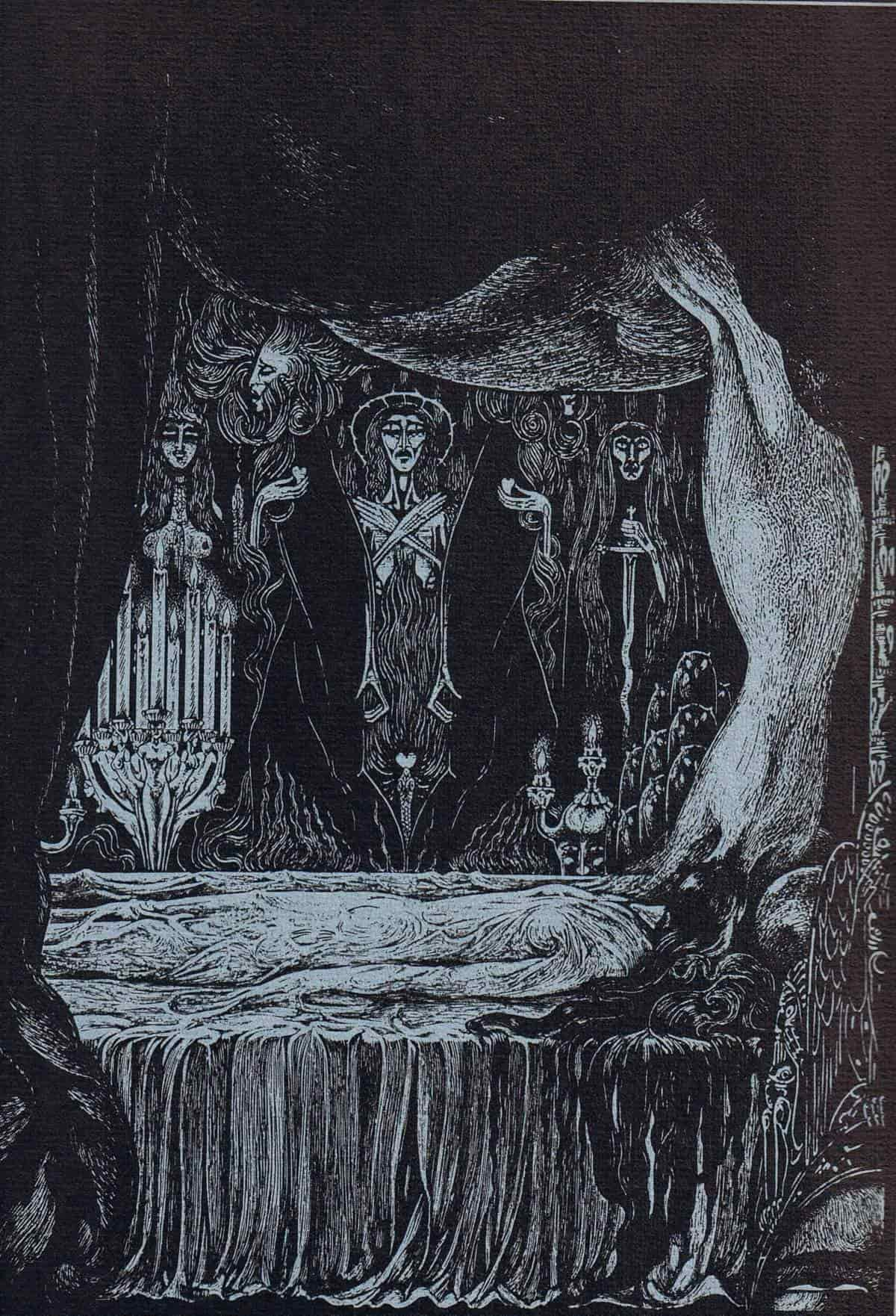
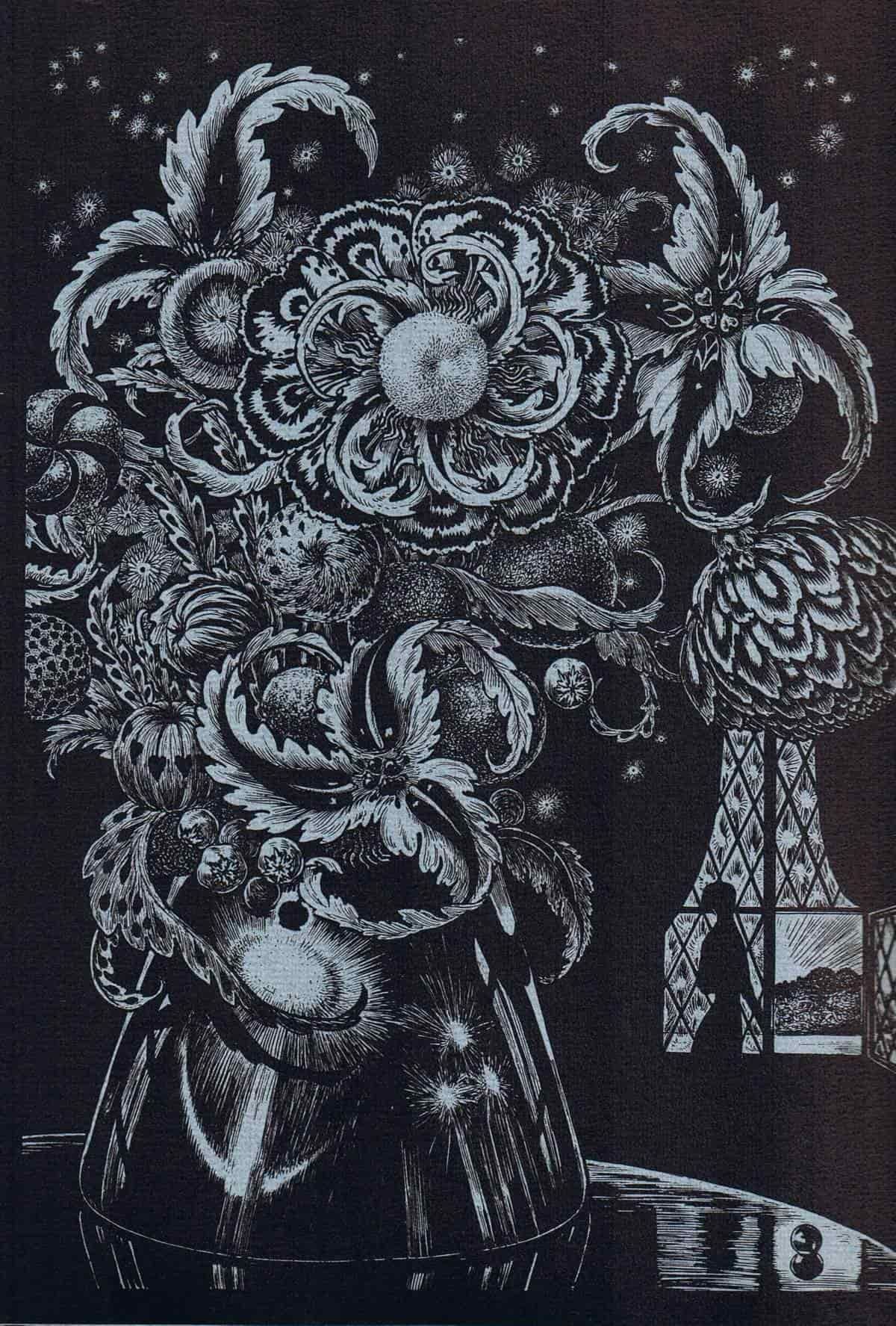
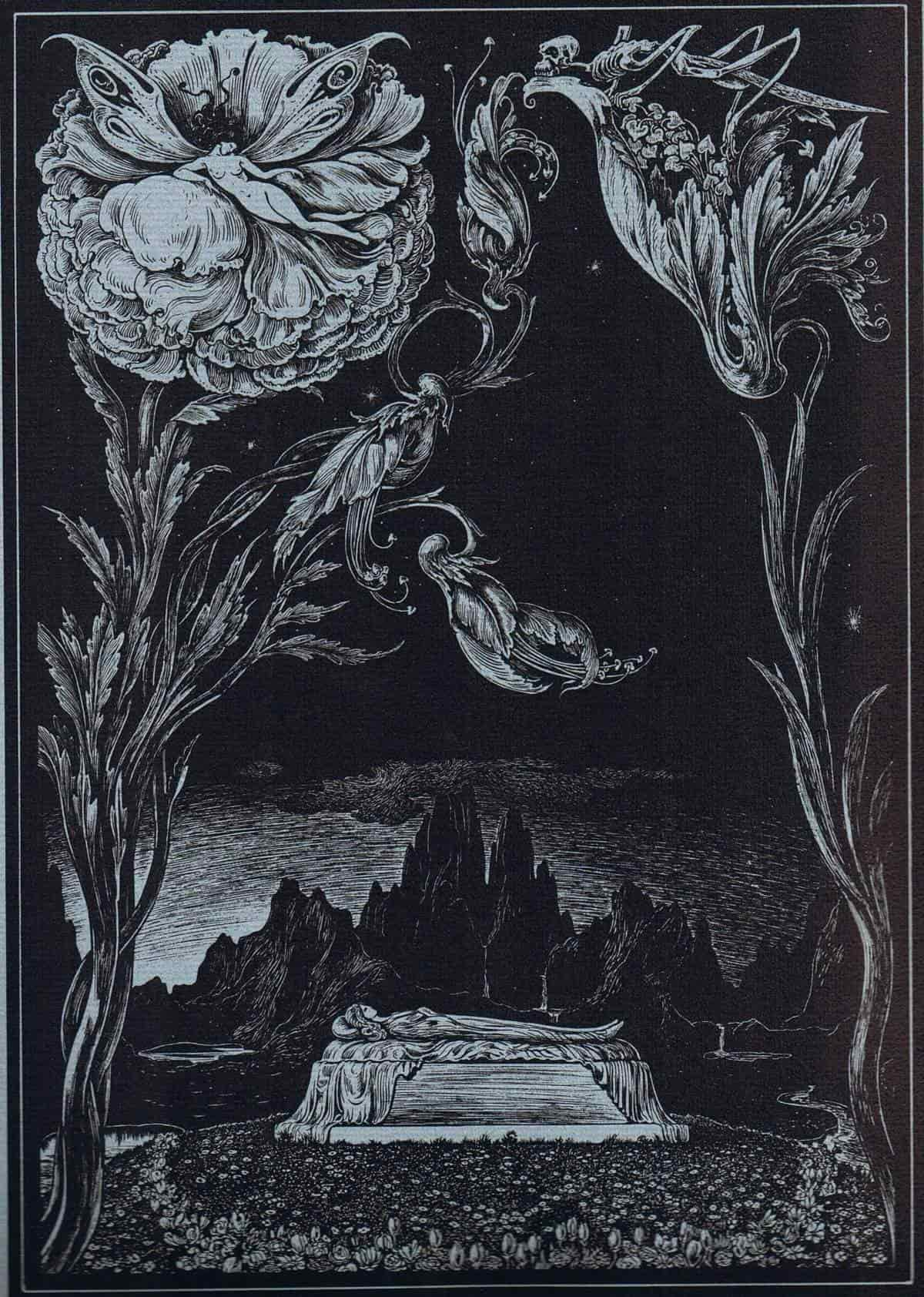
The header illustration is by Max Klinger.
